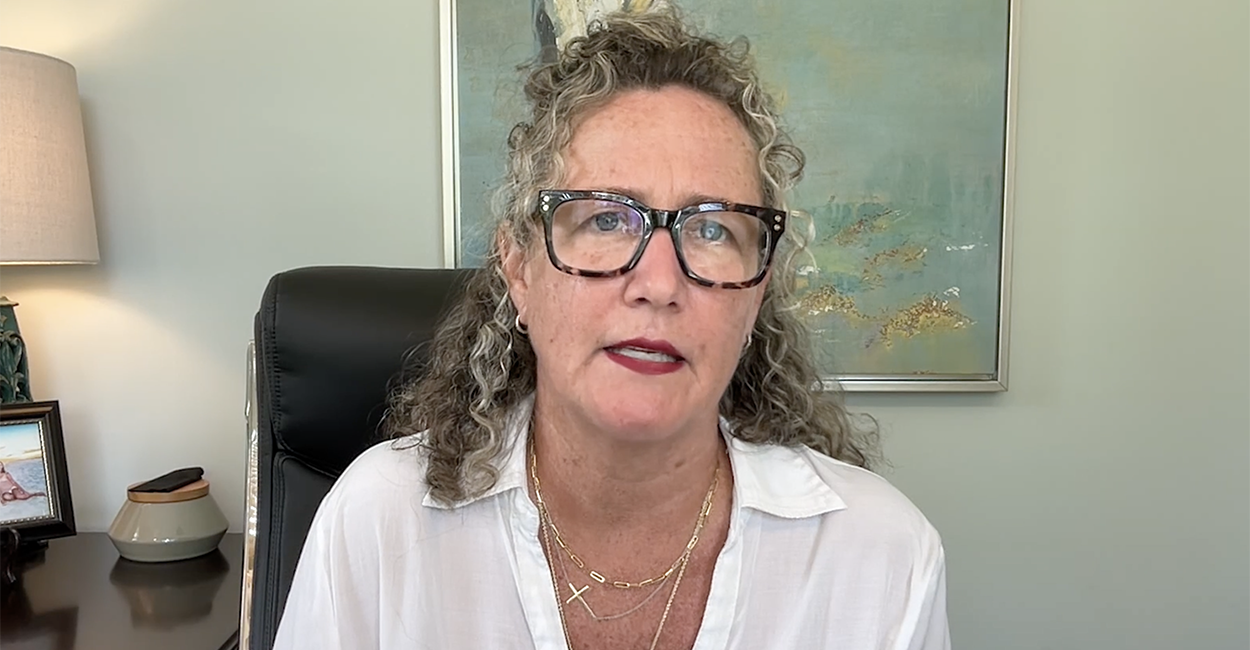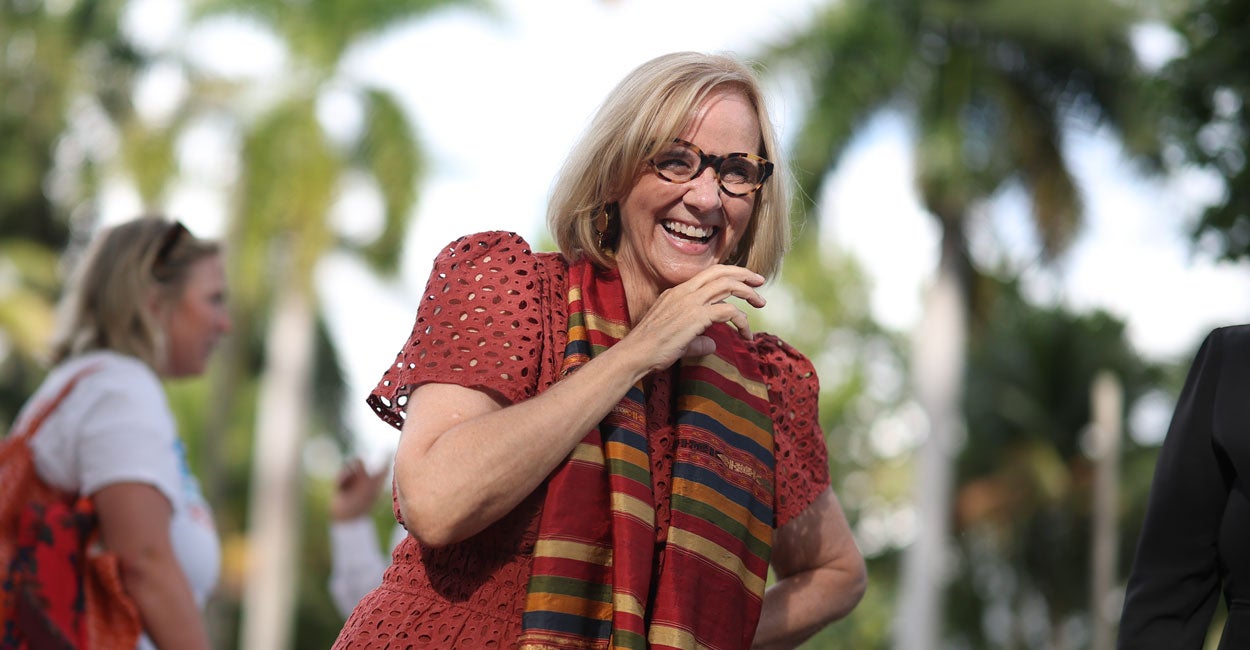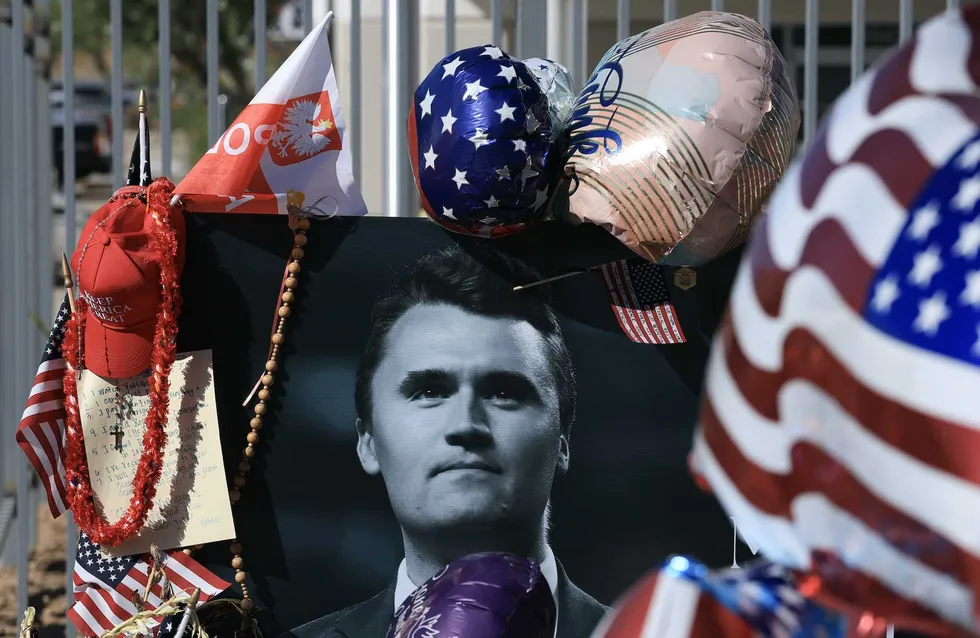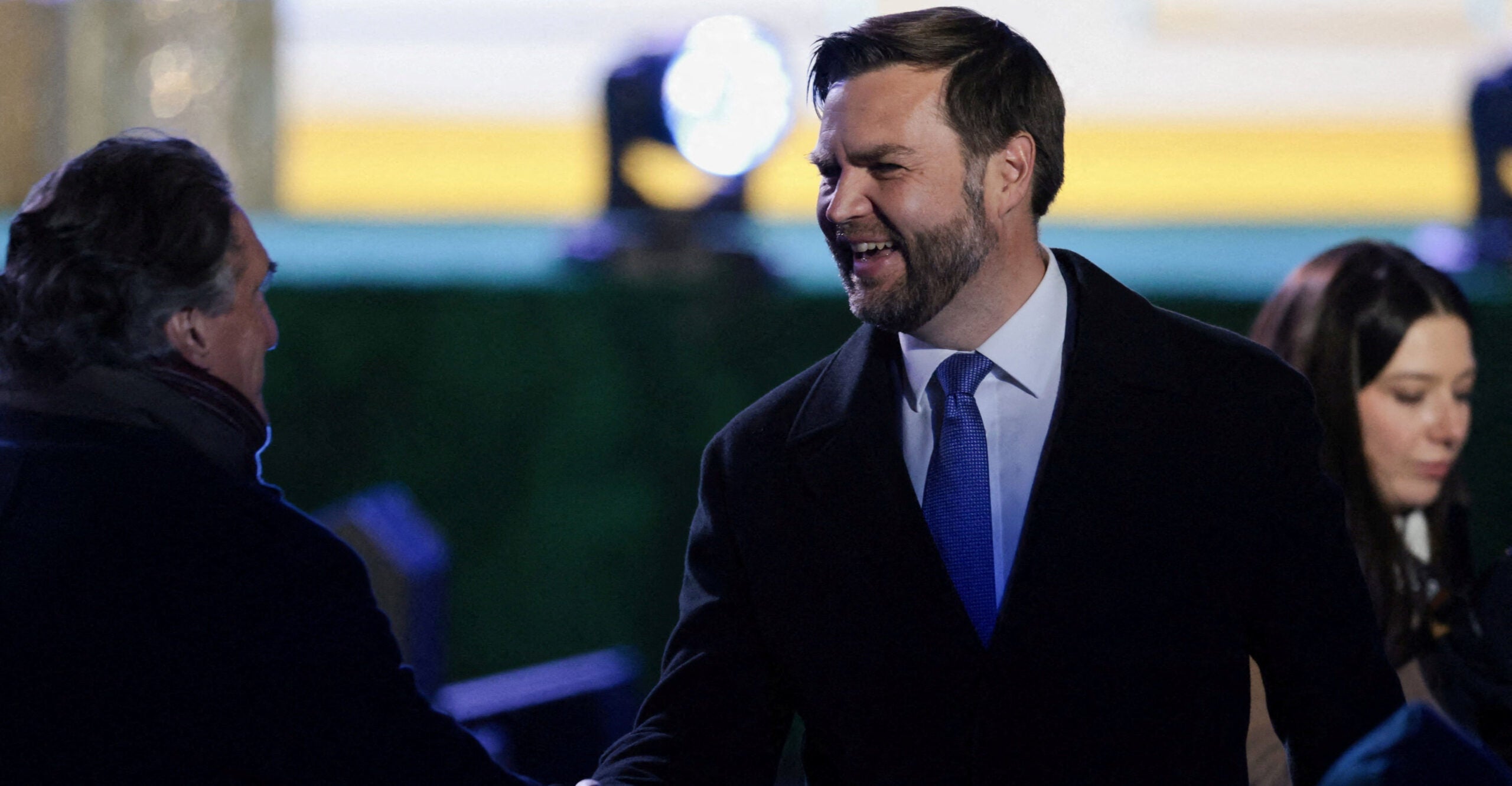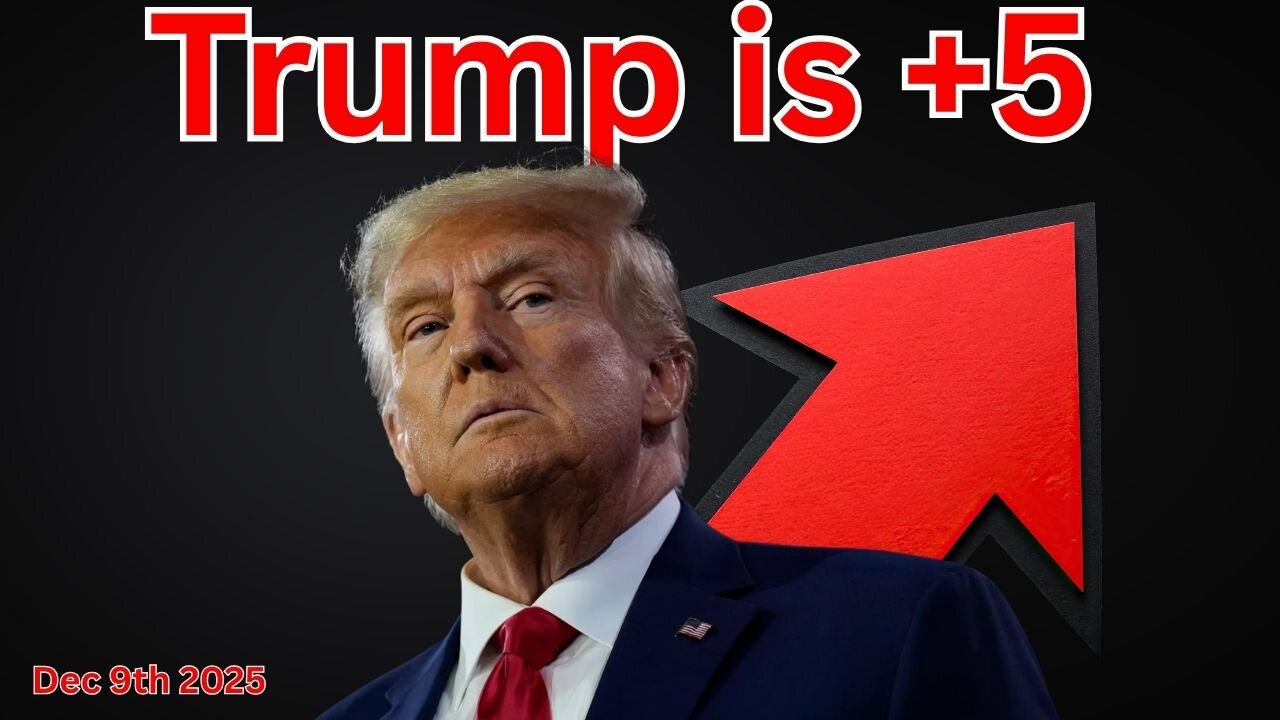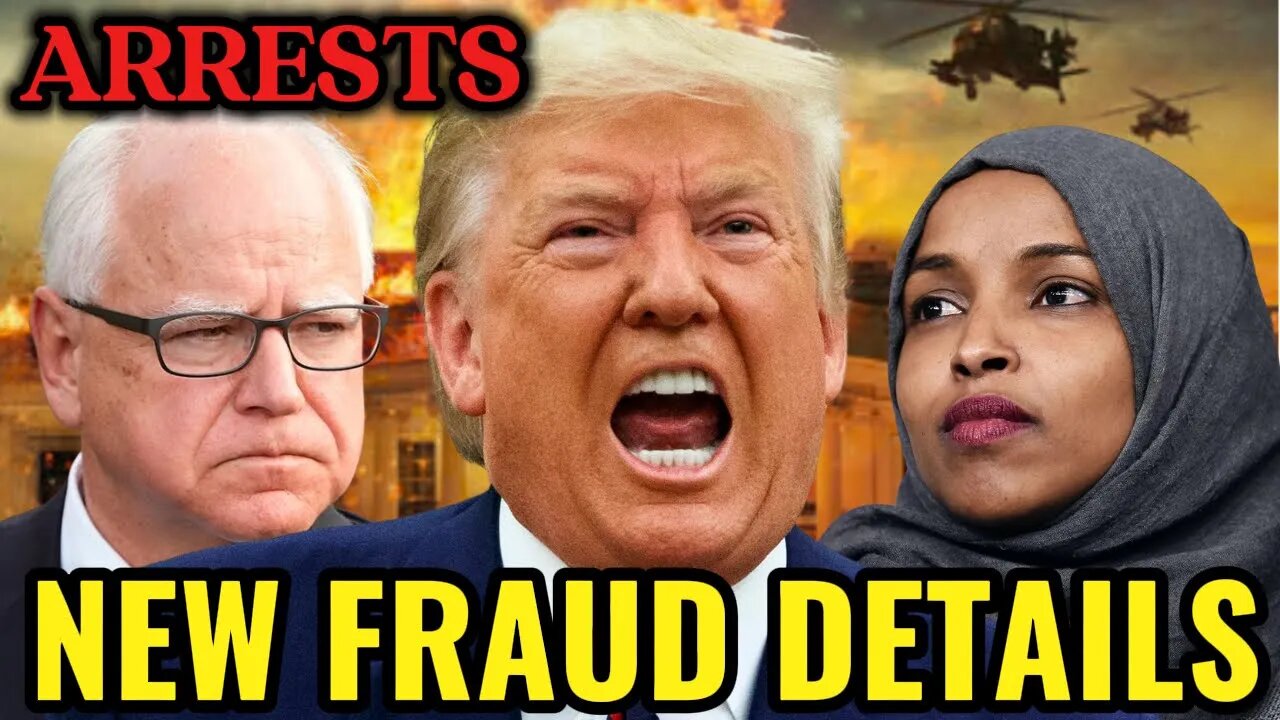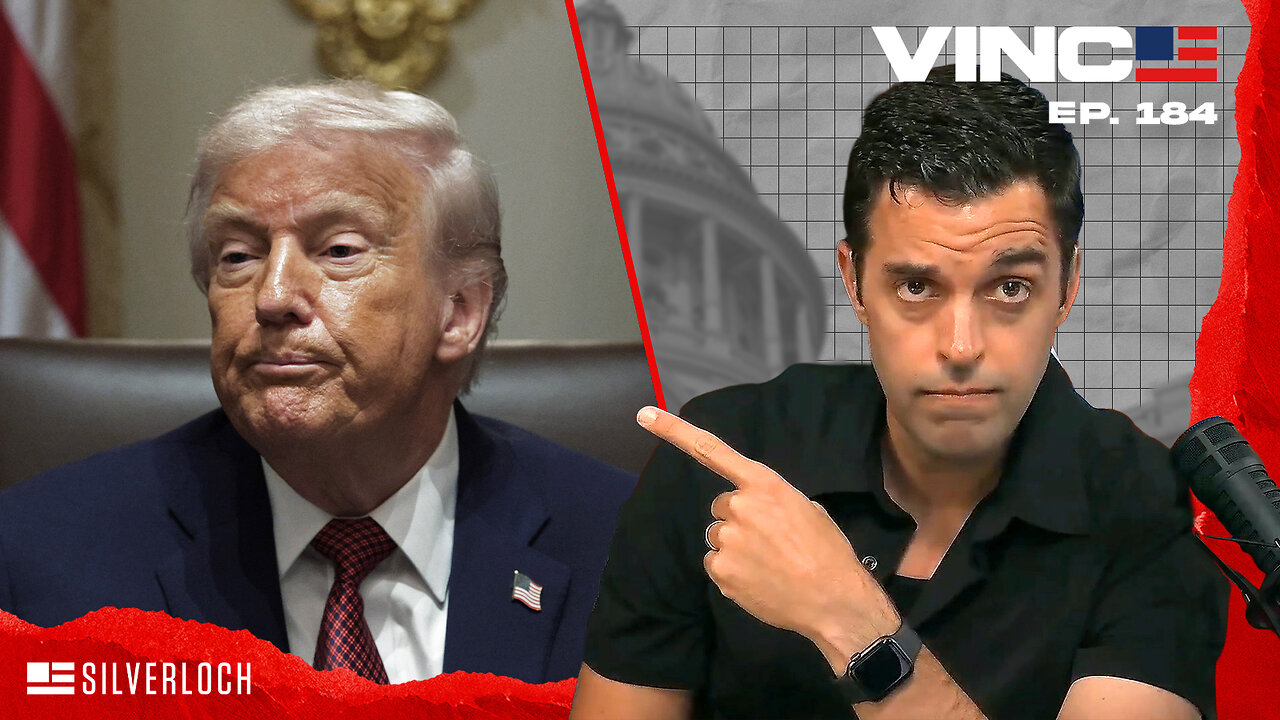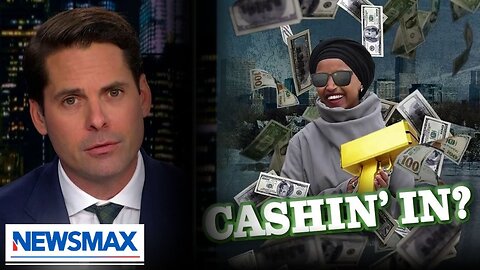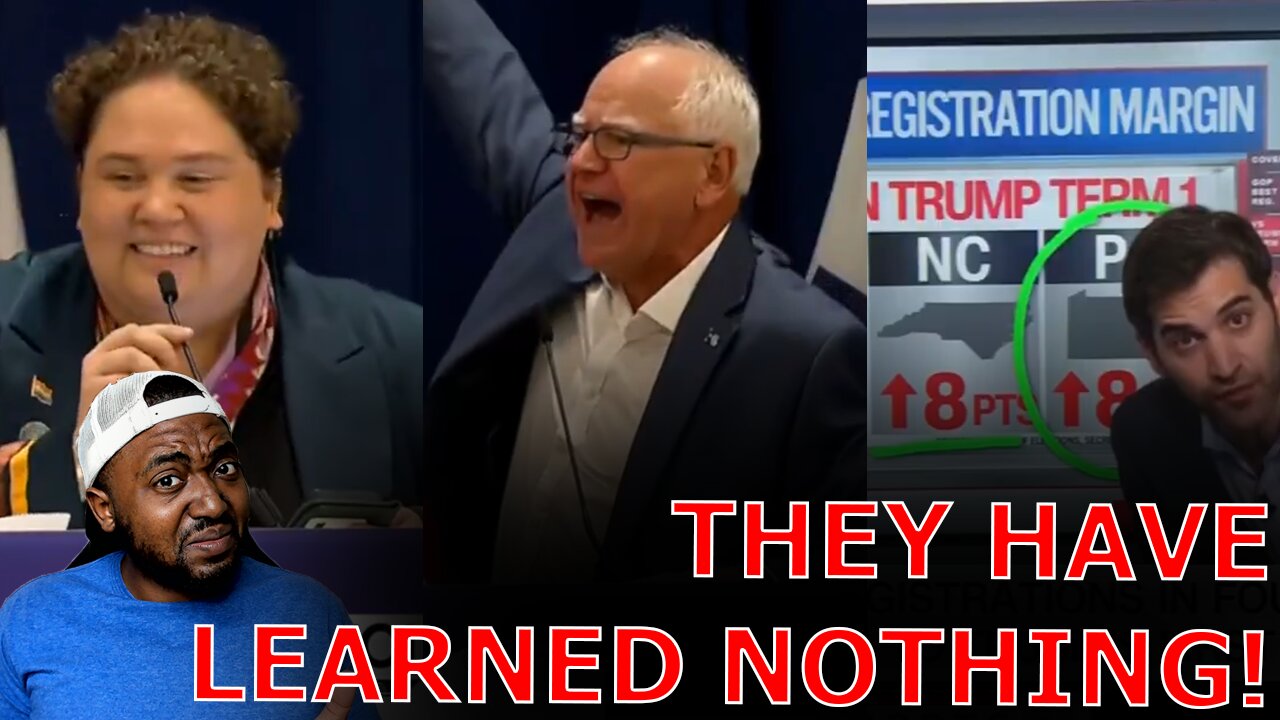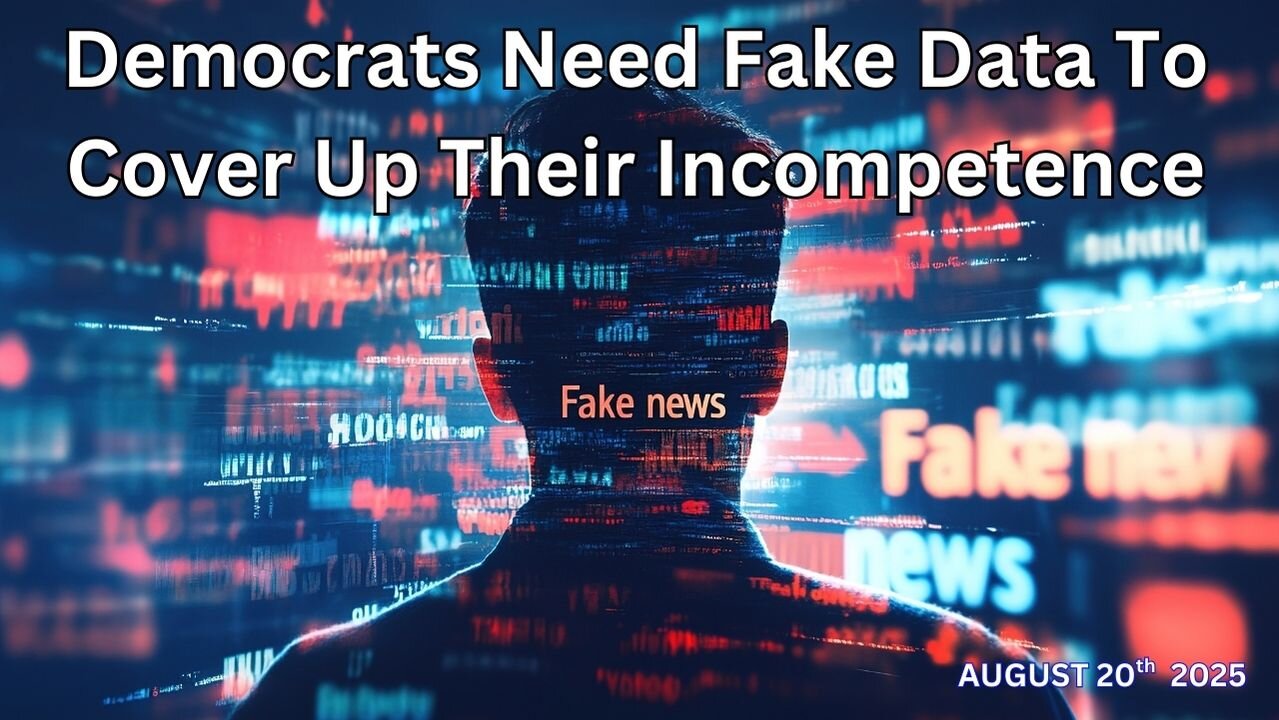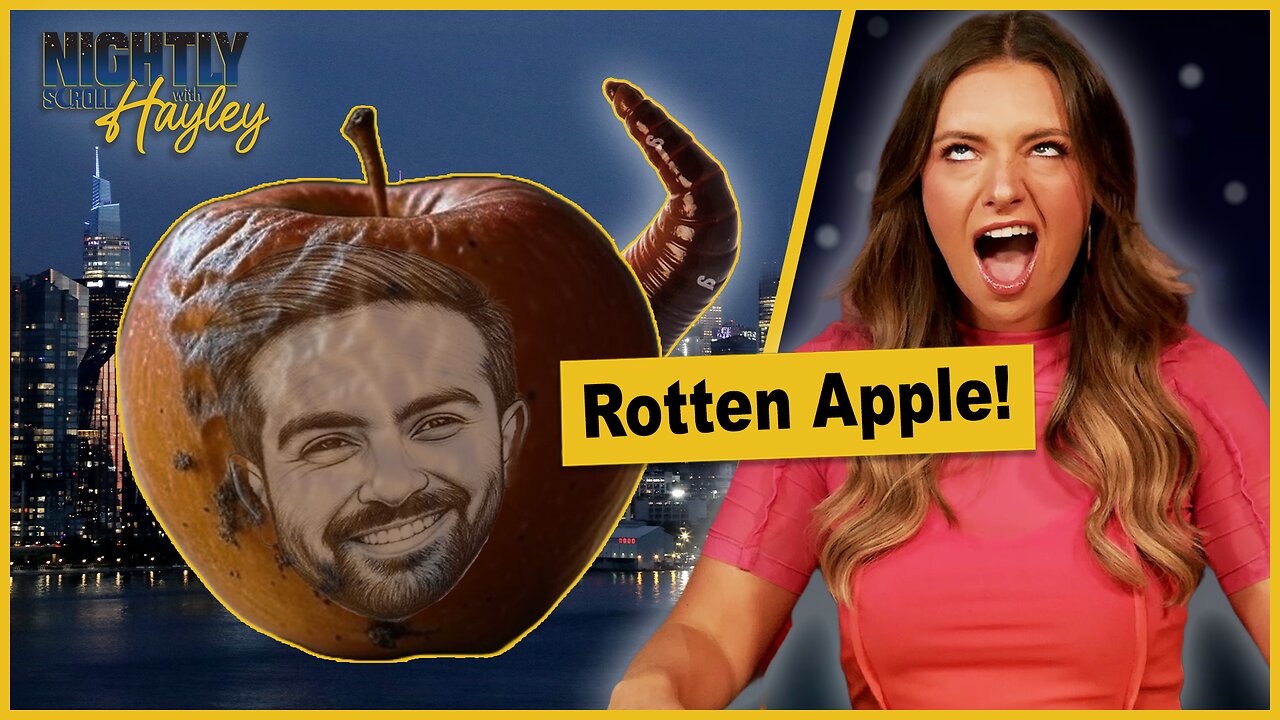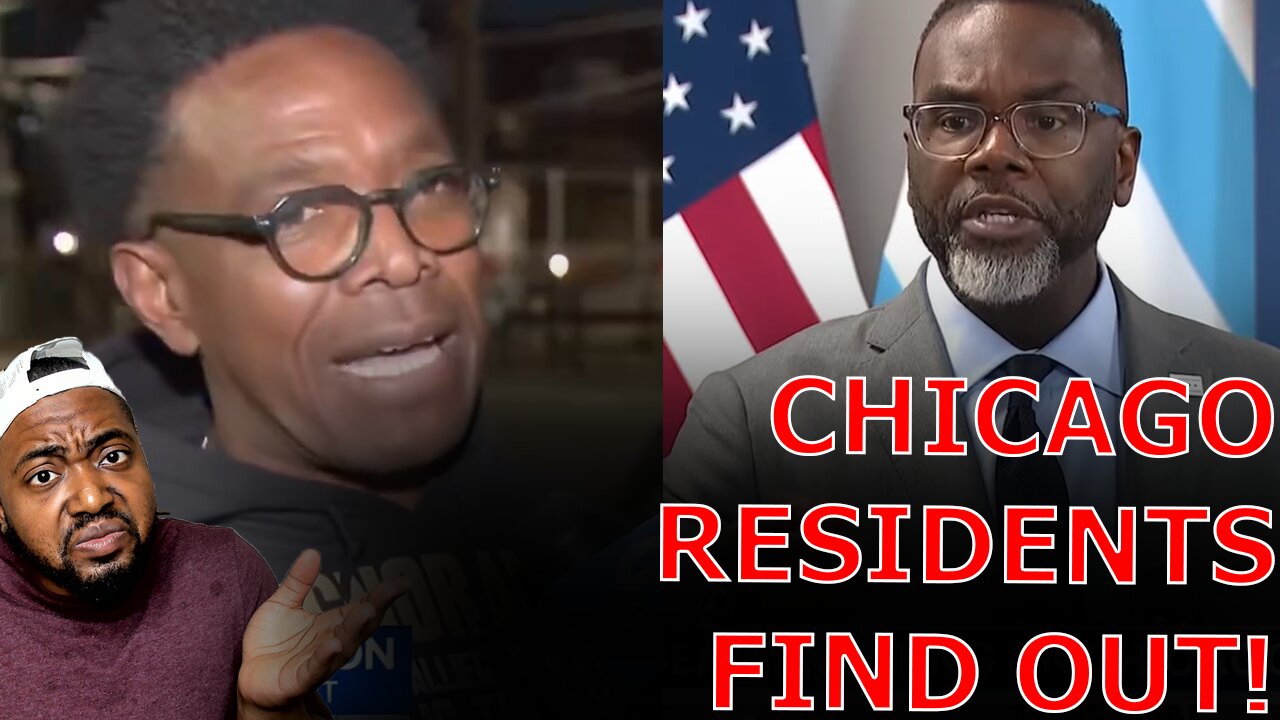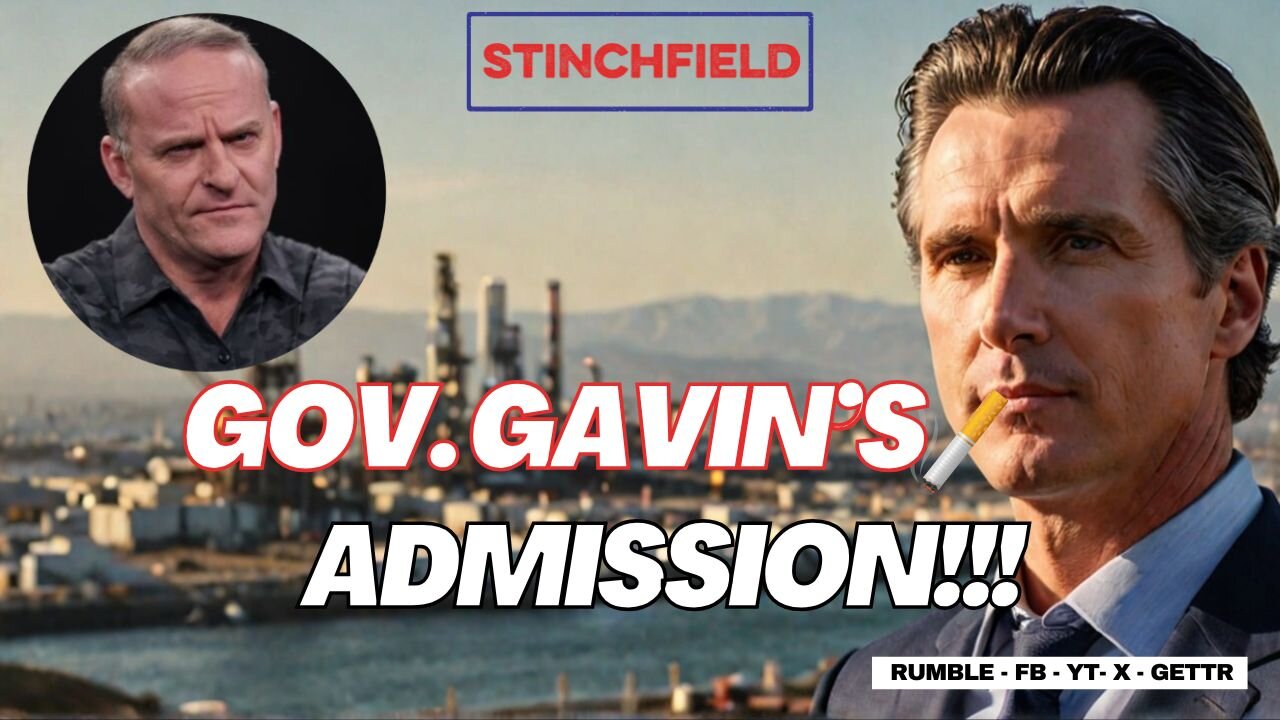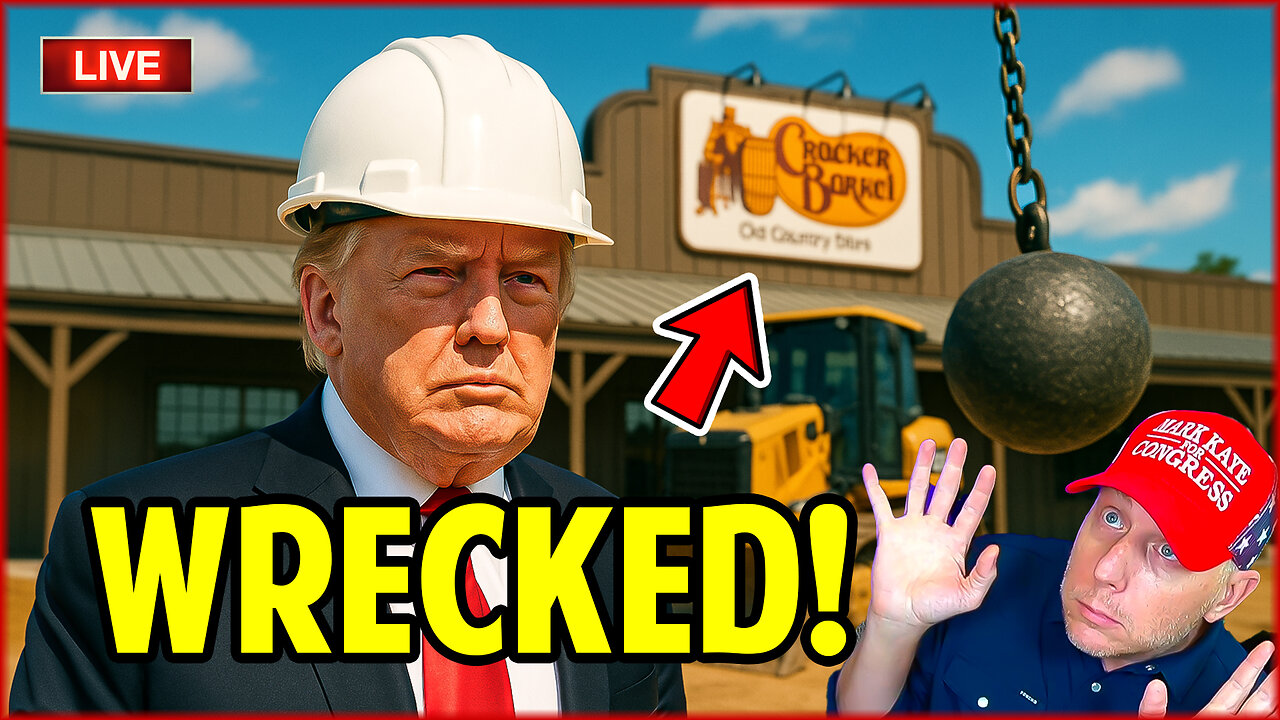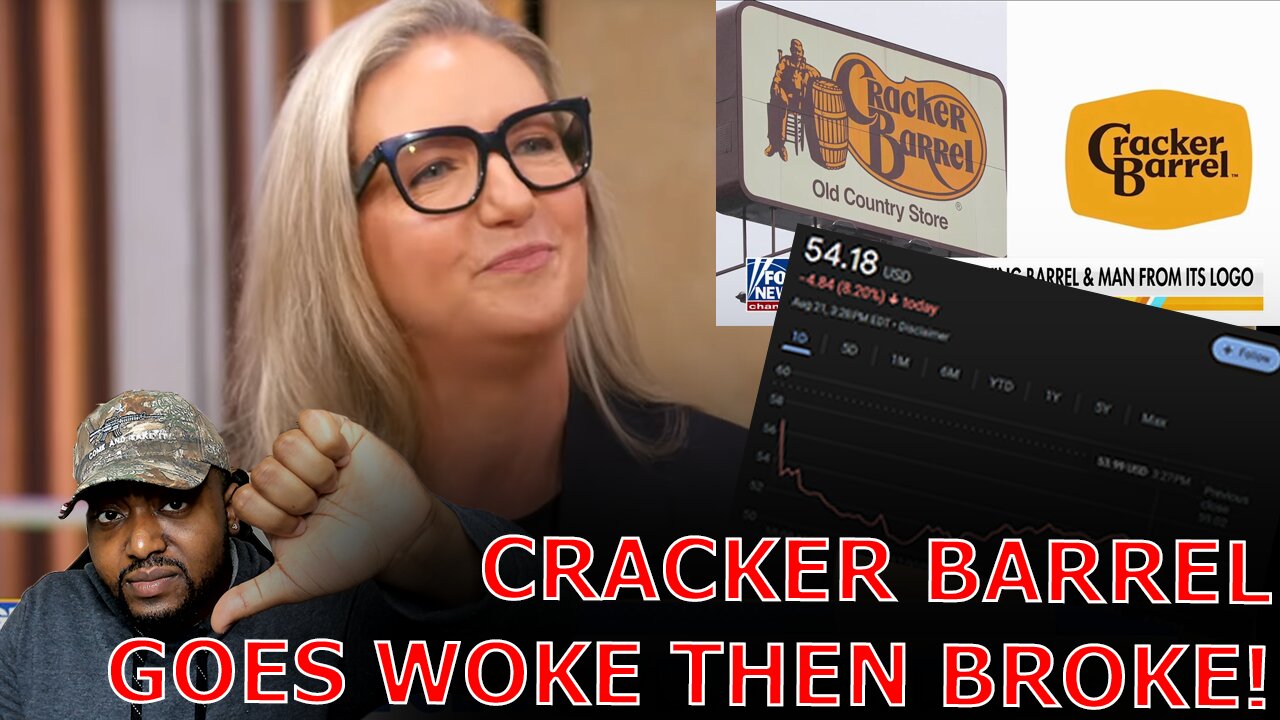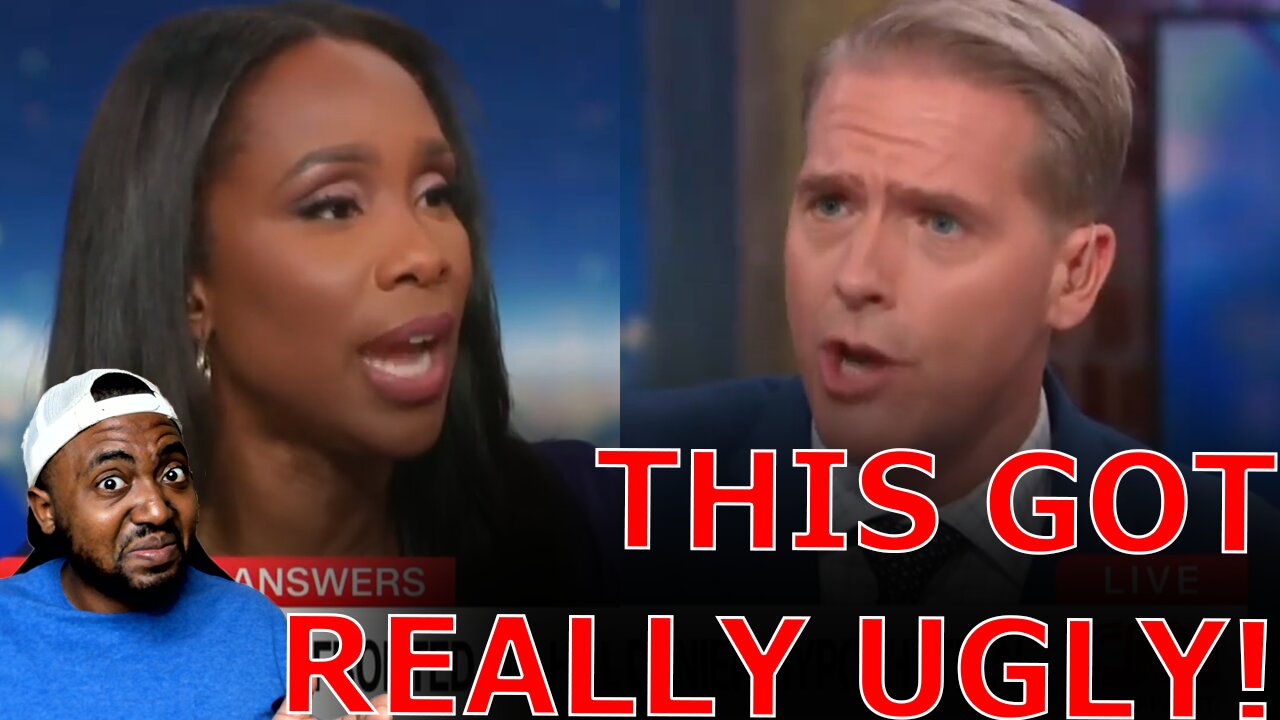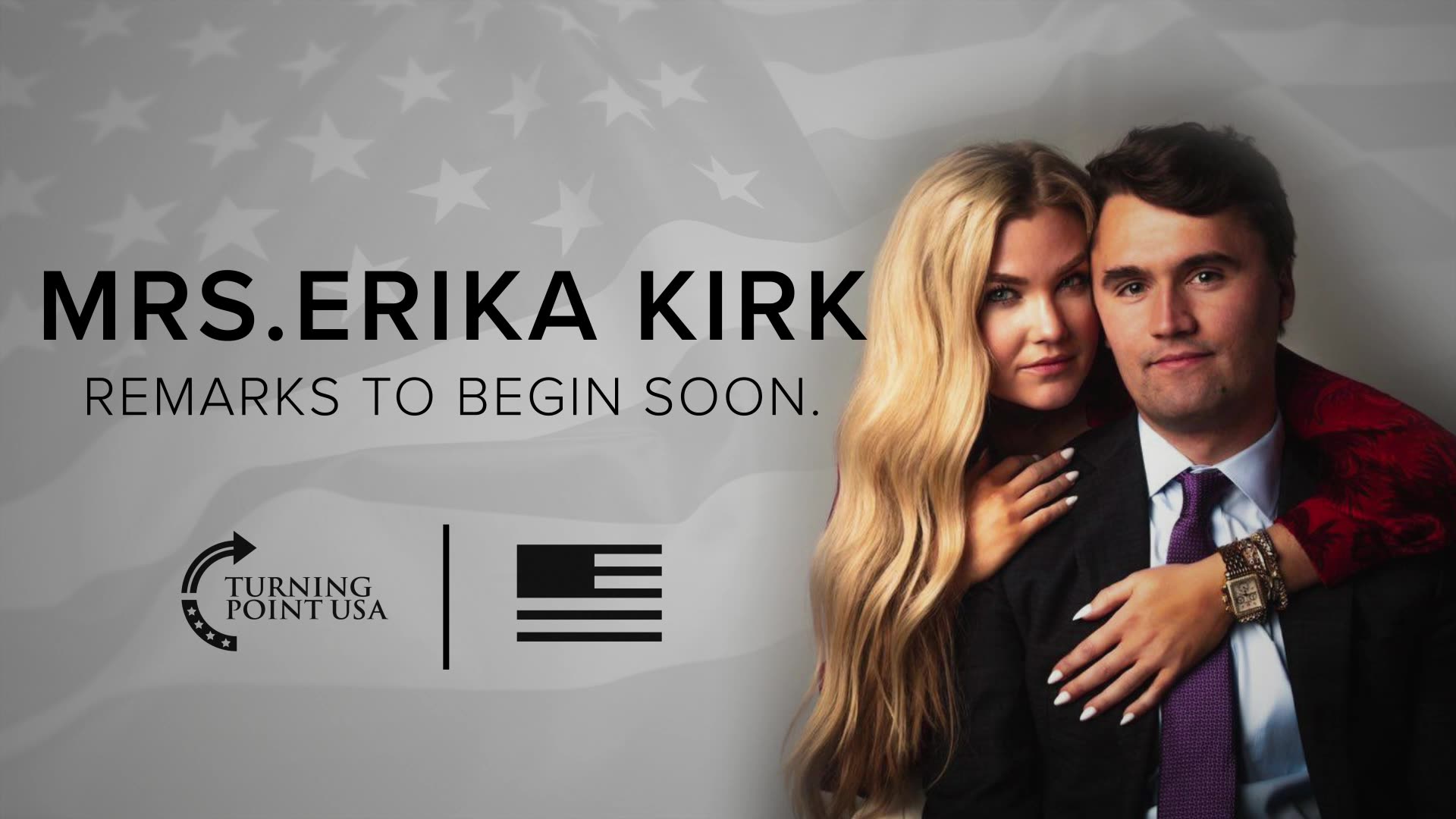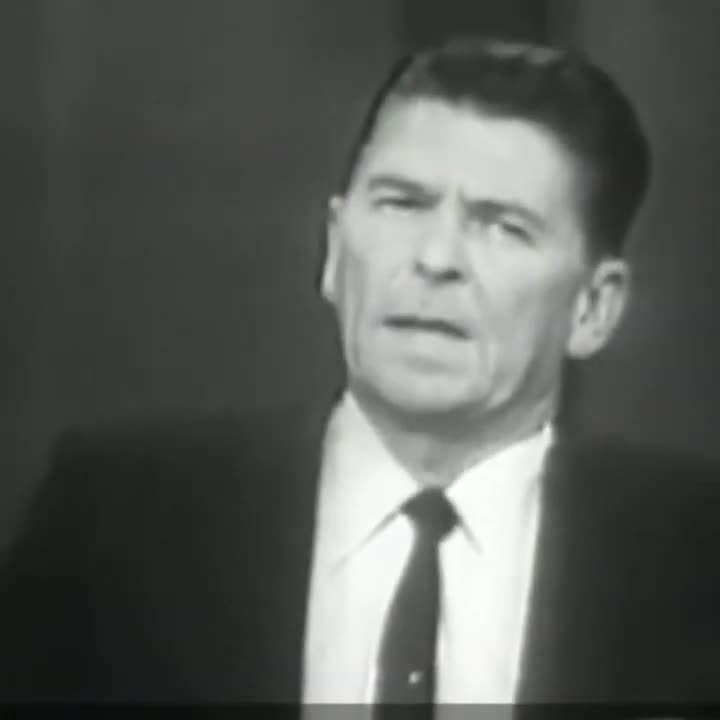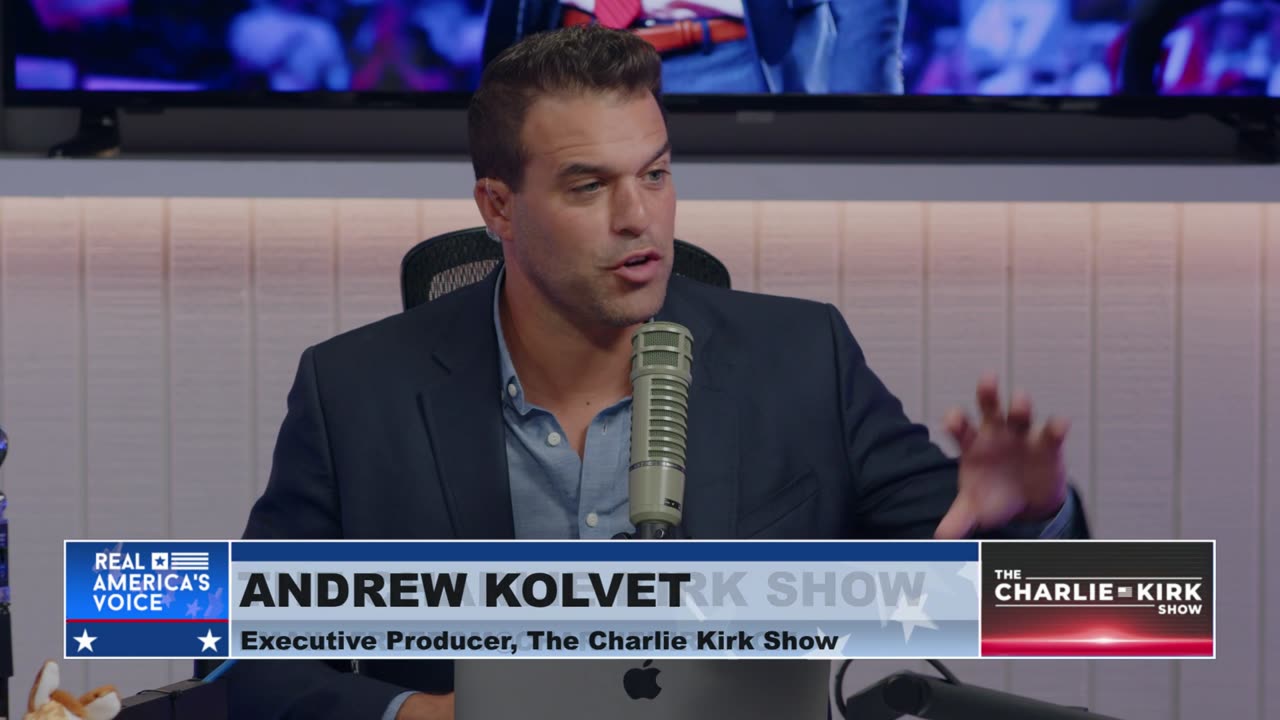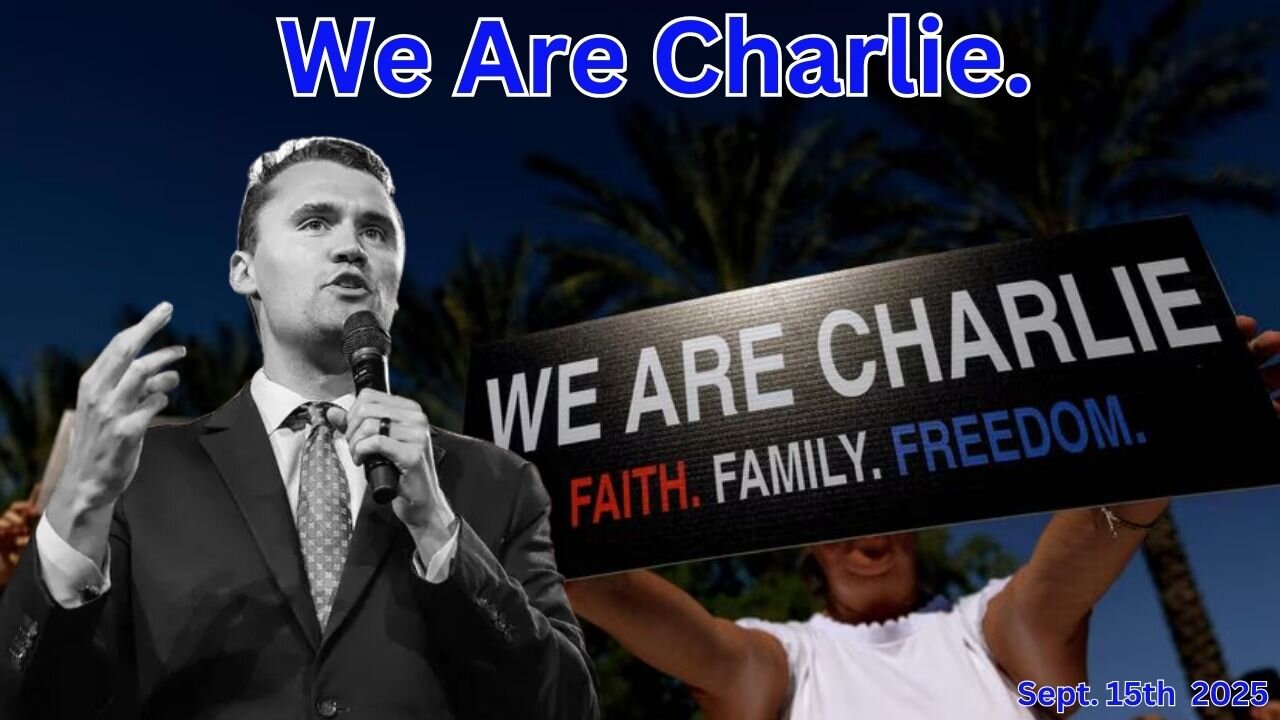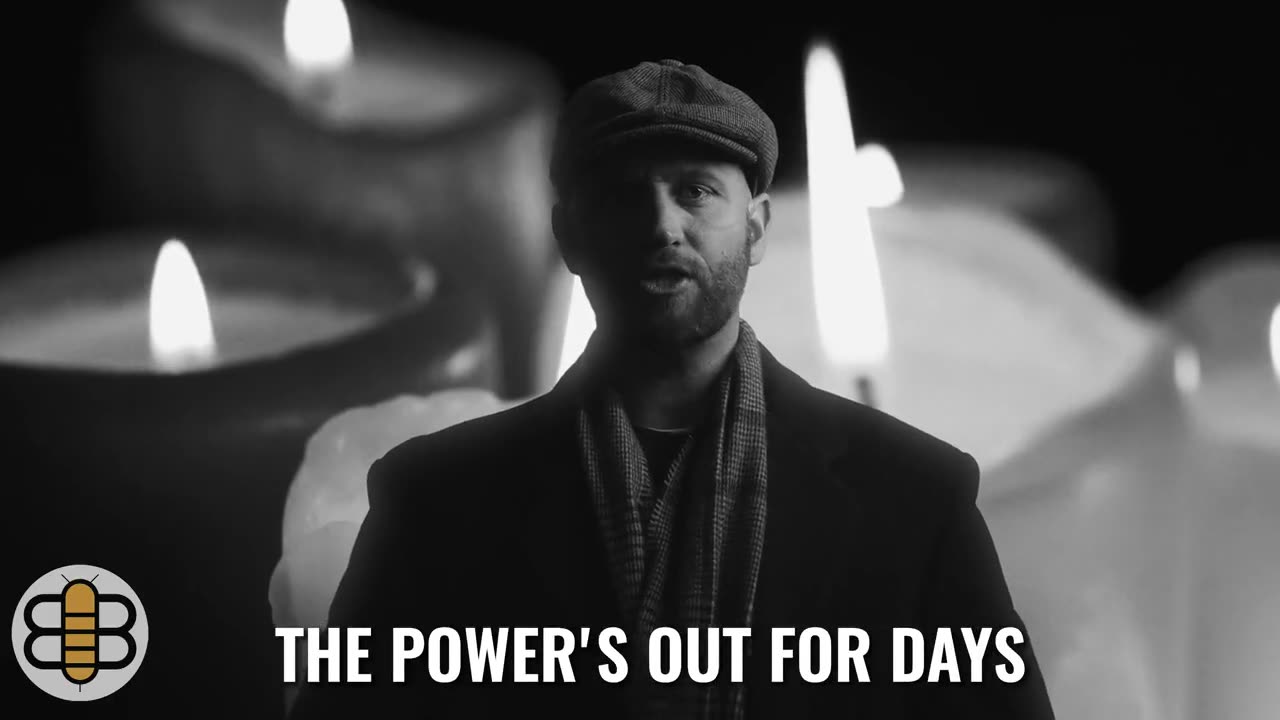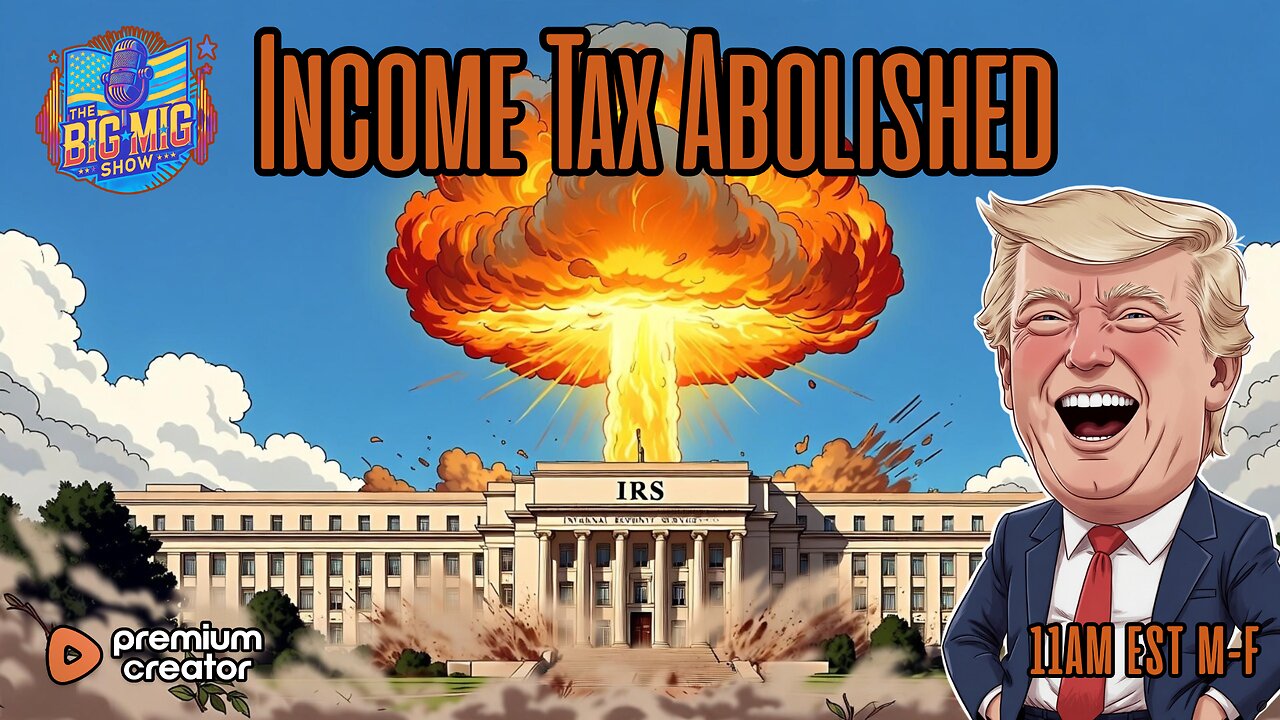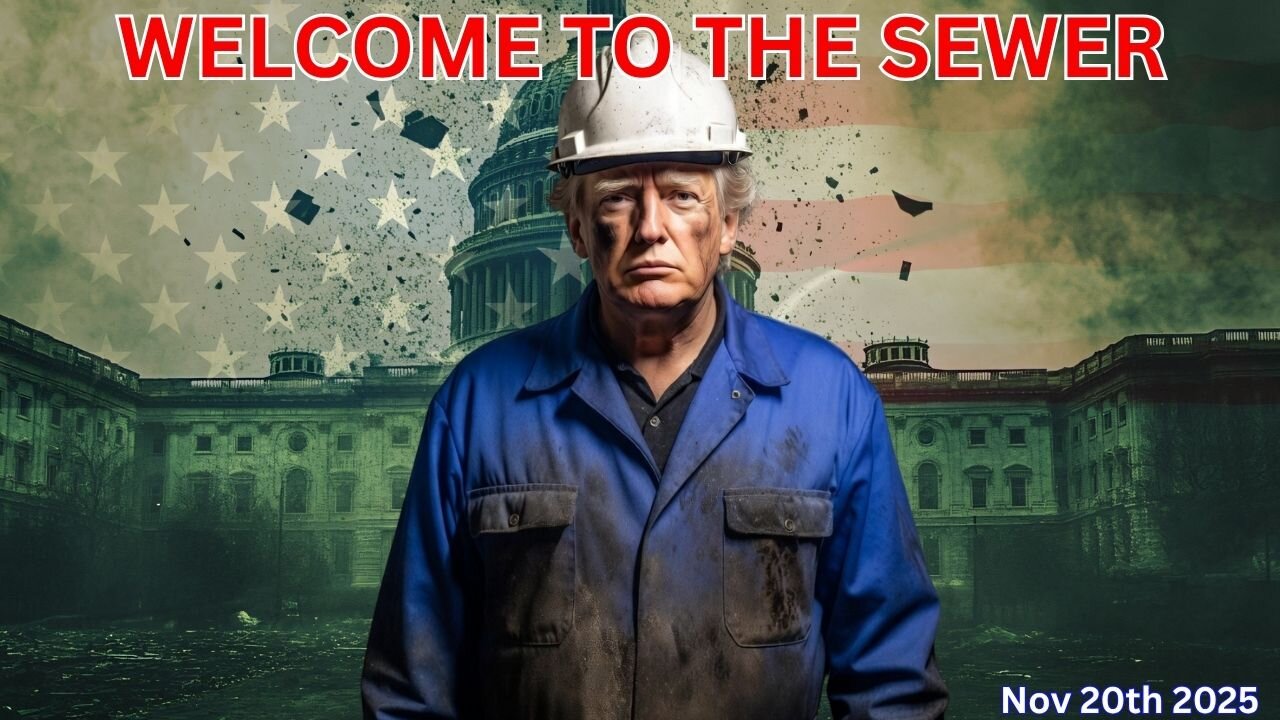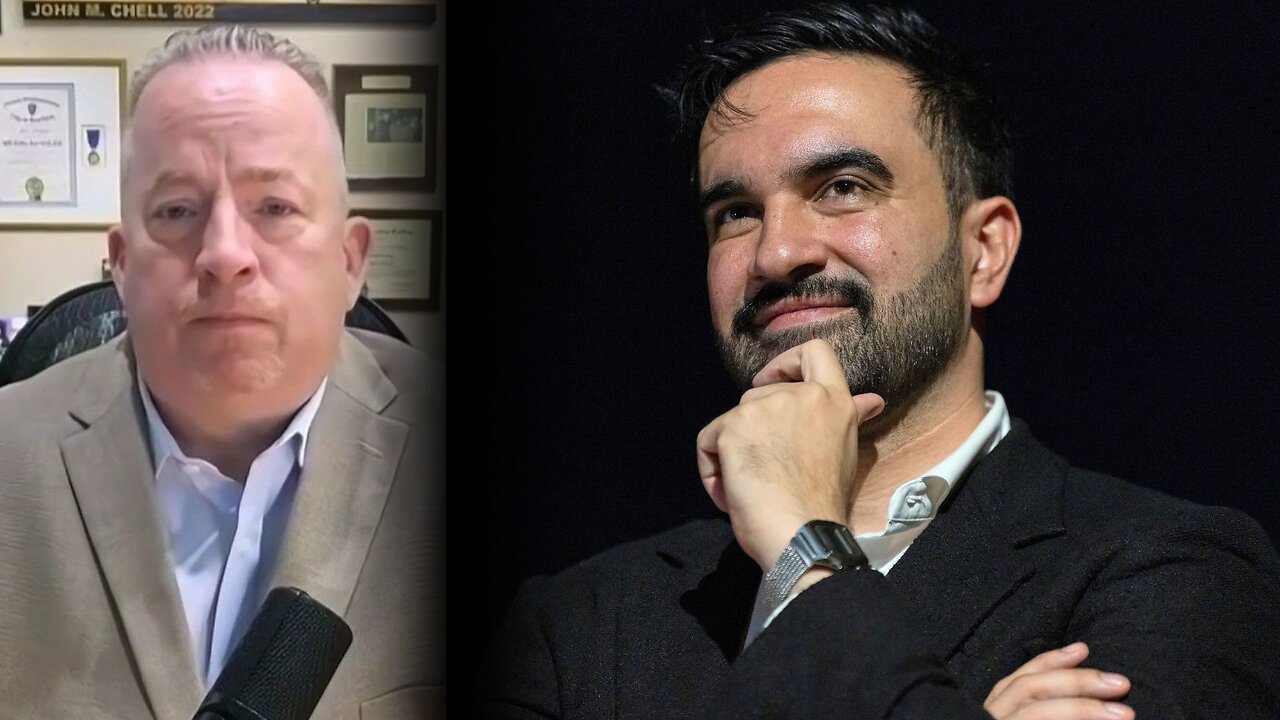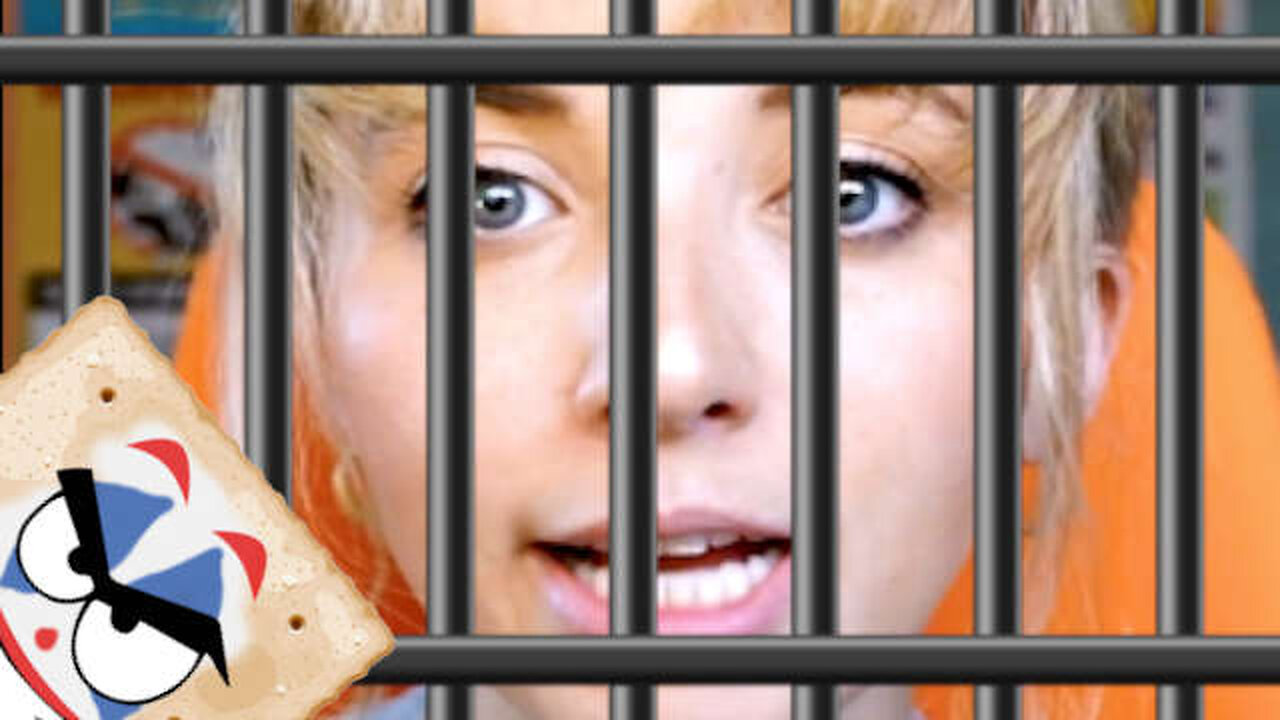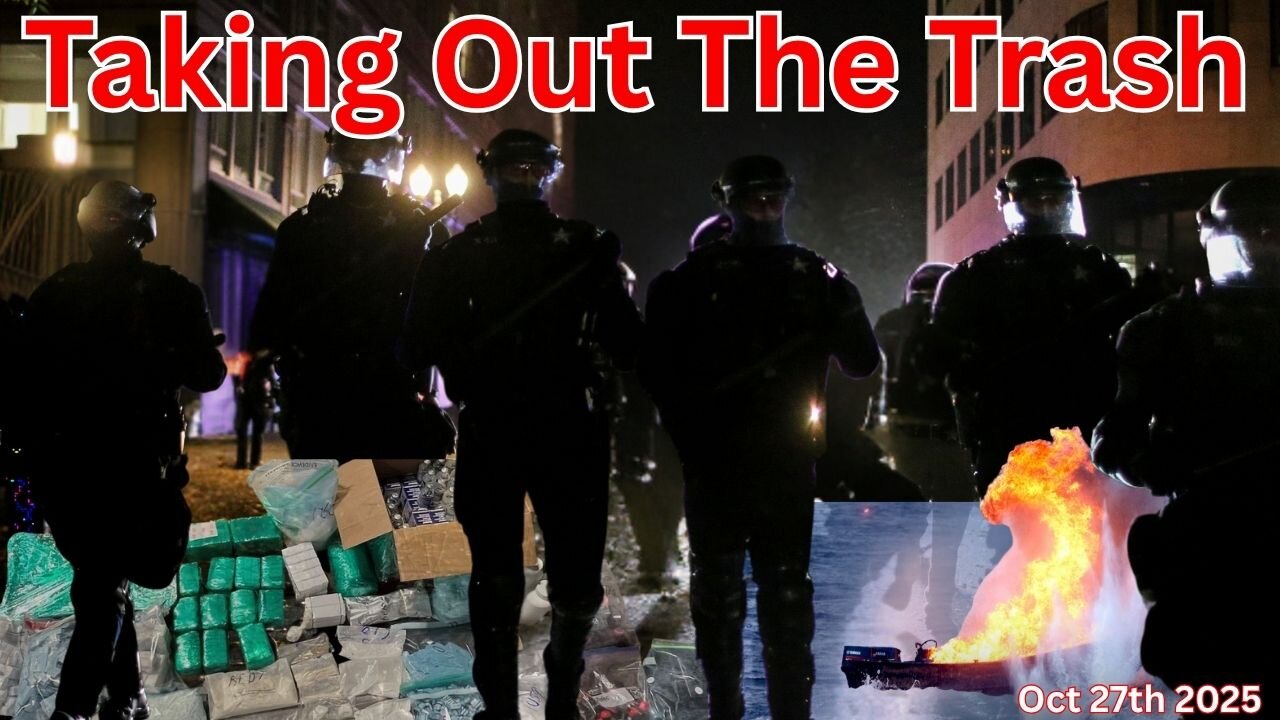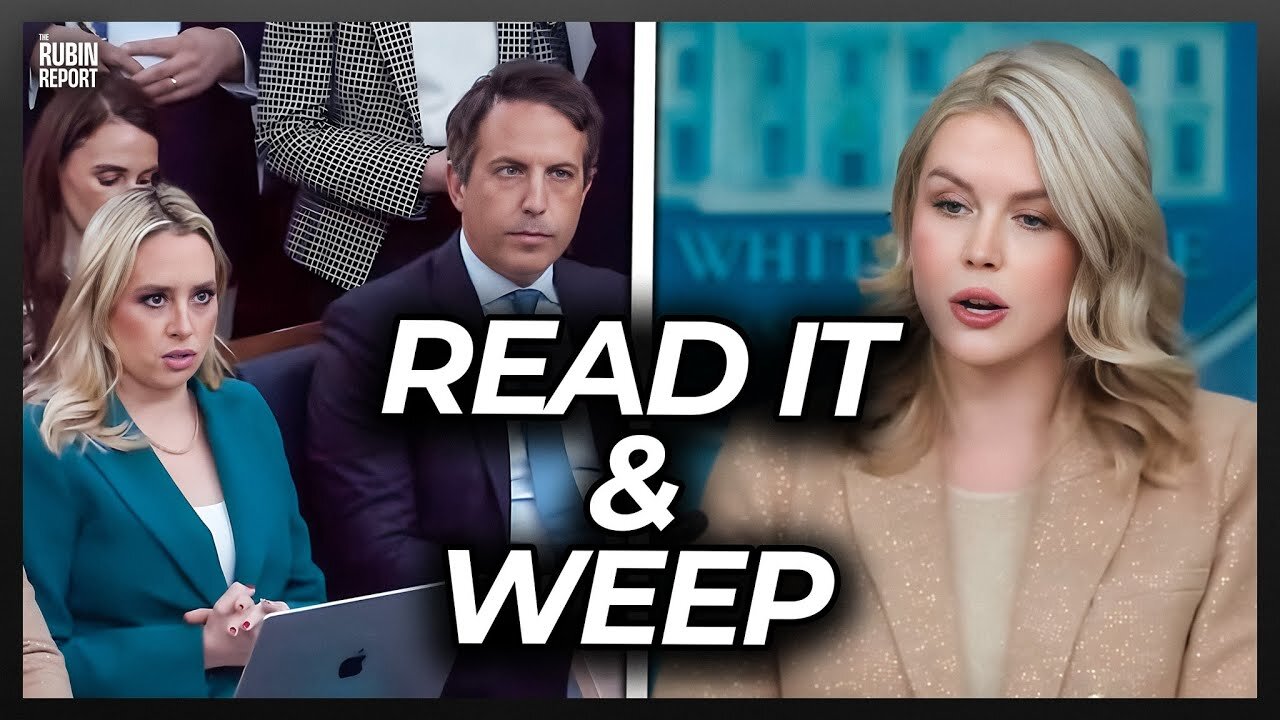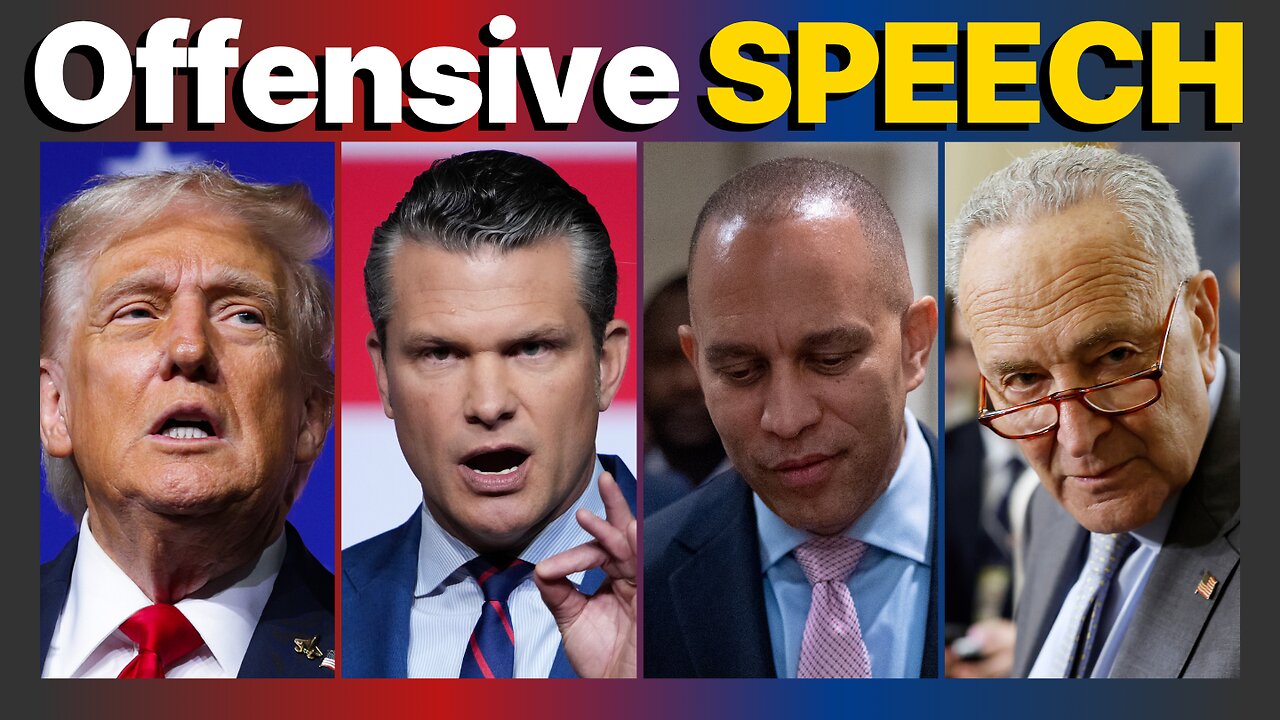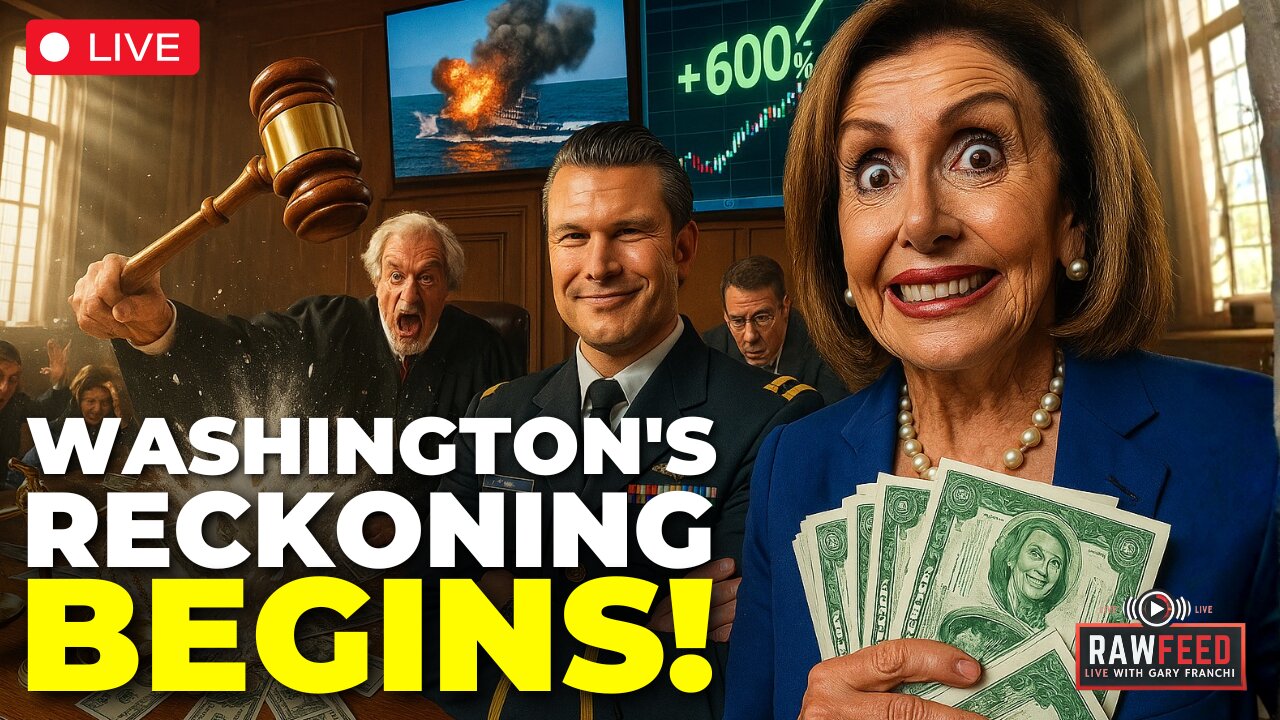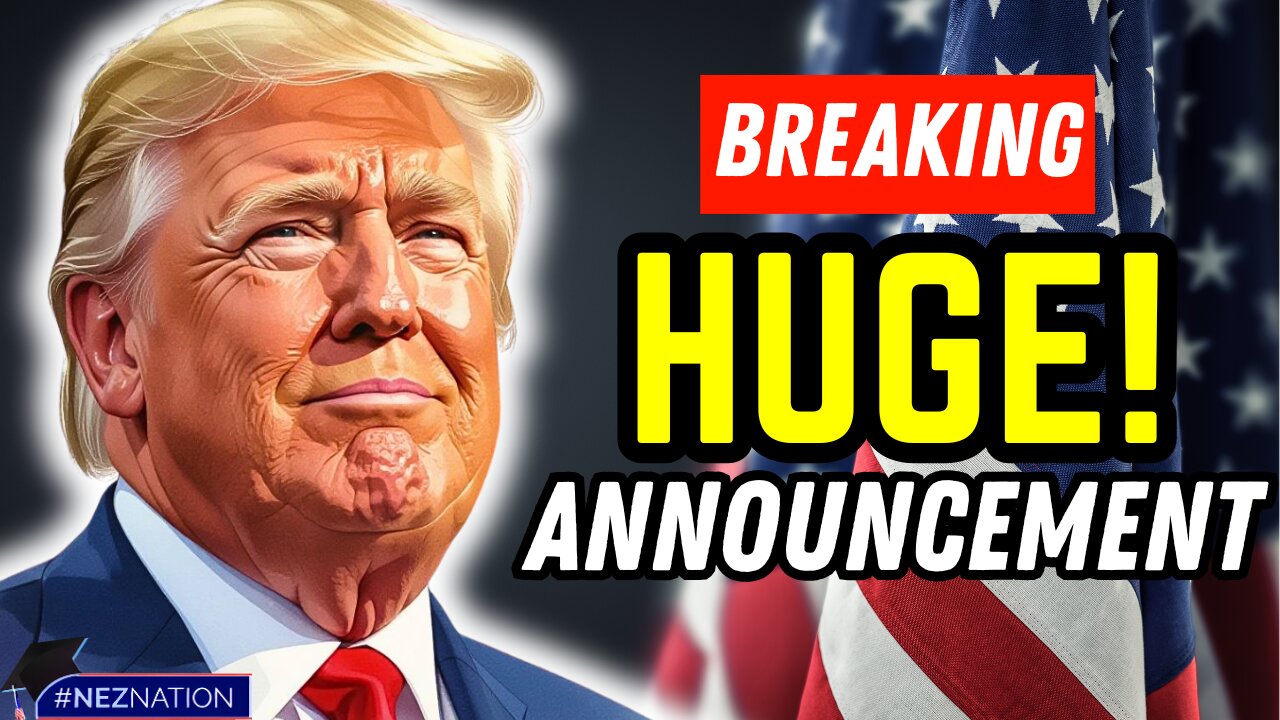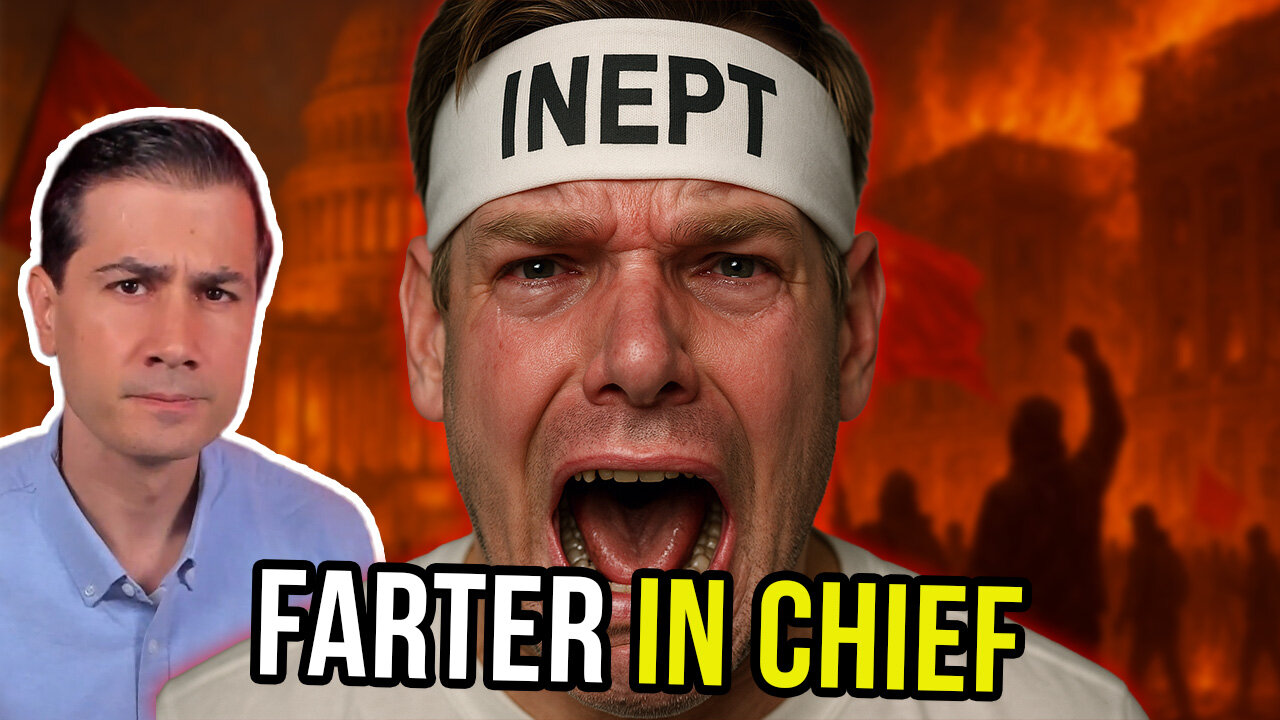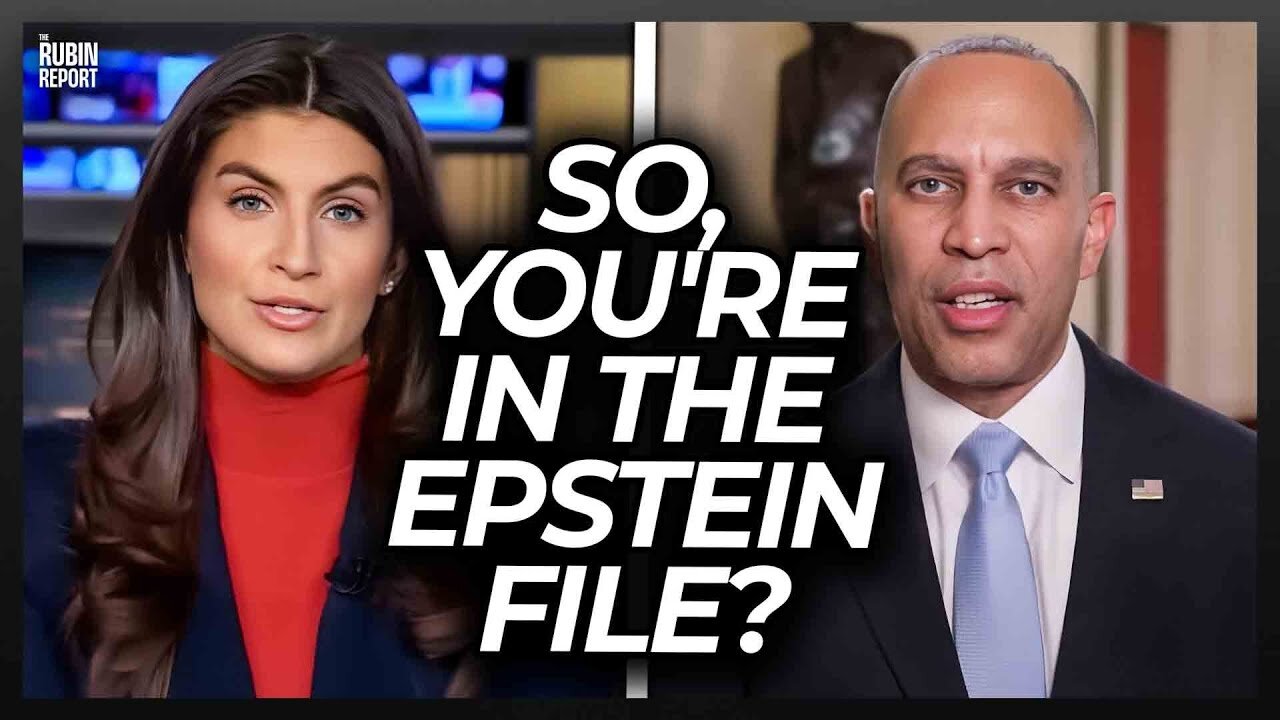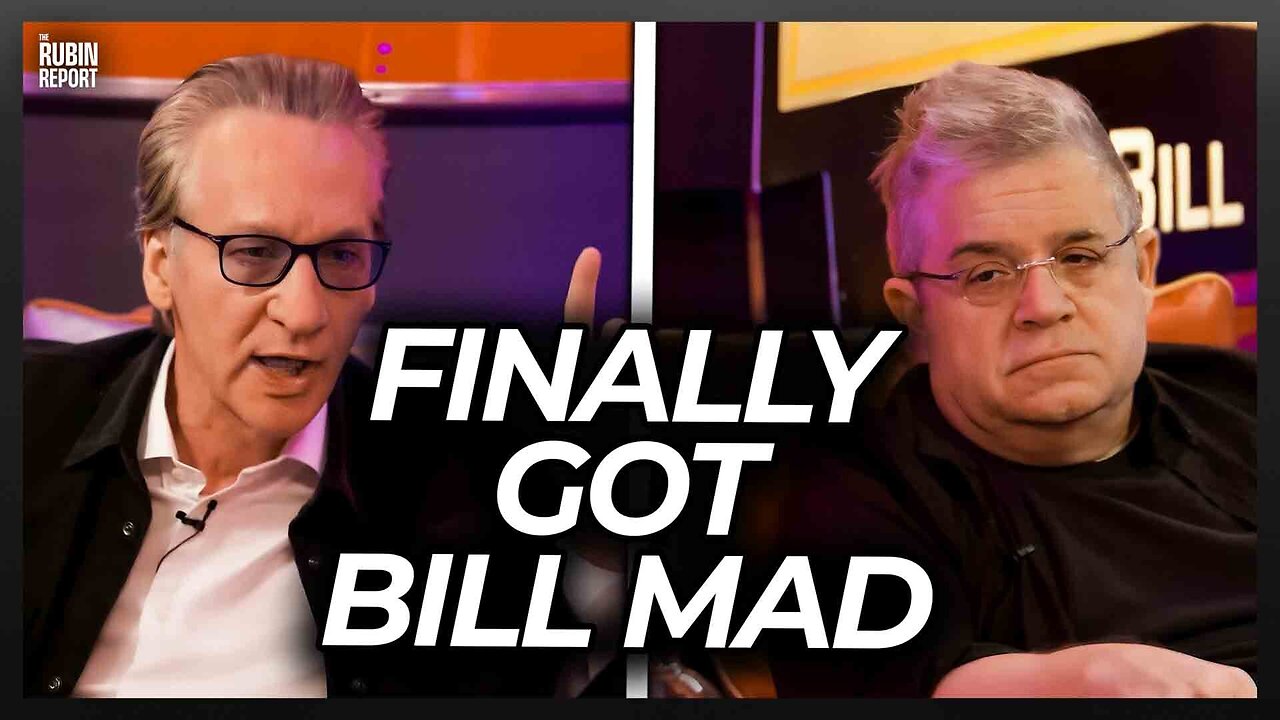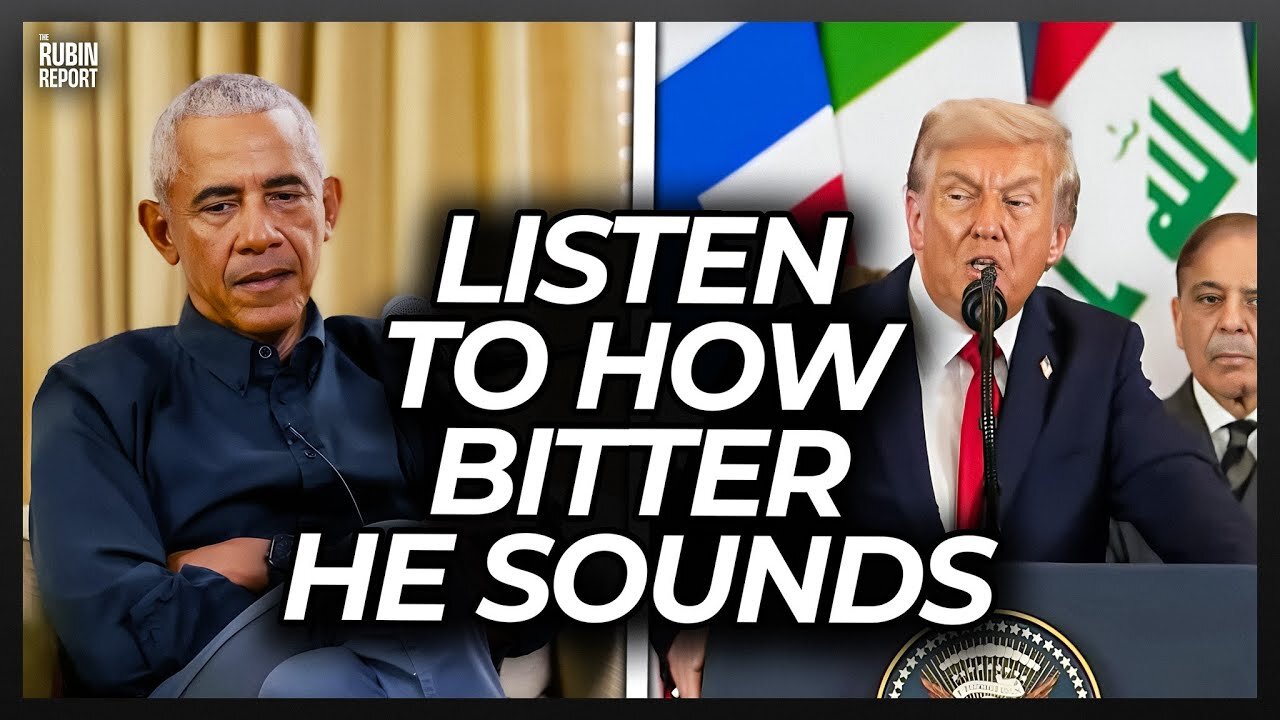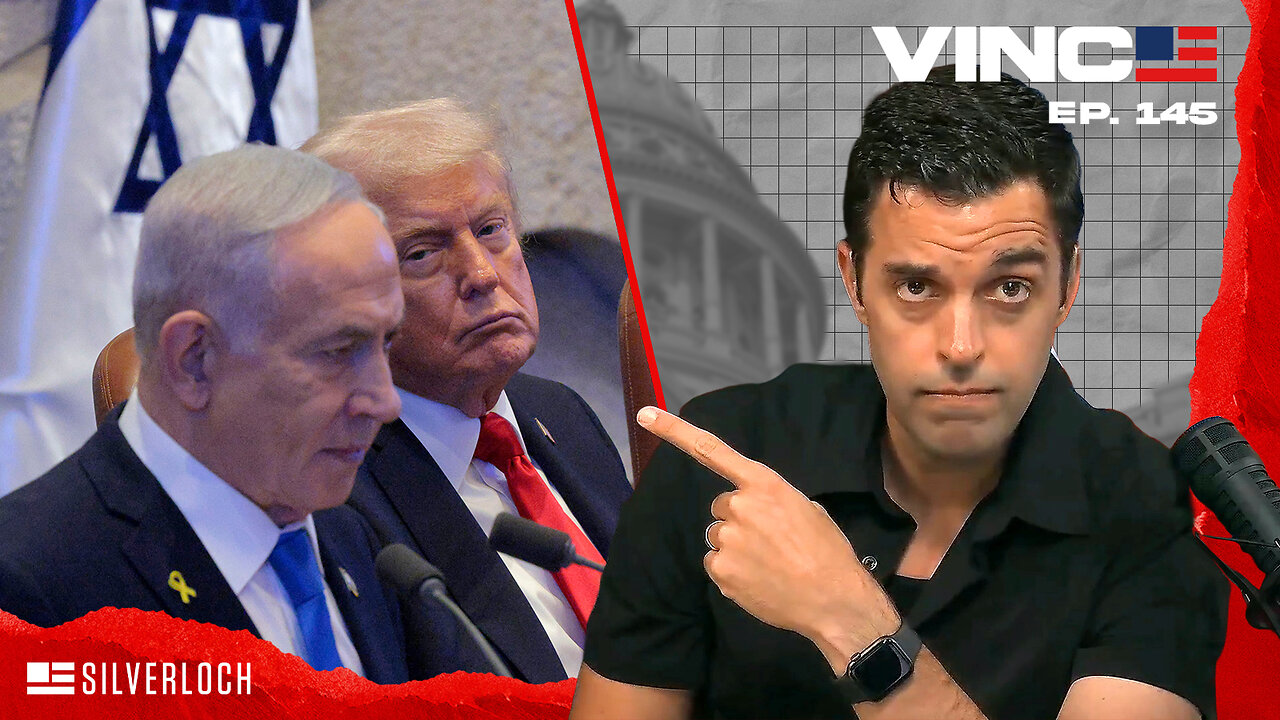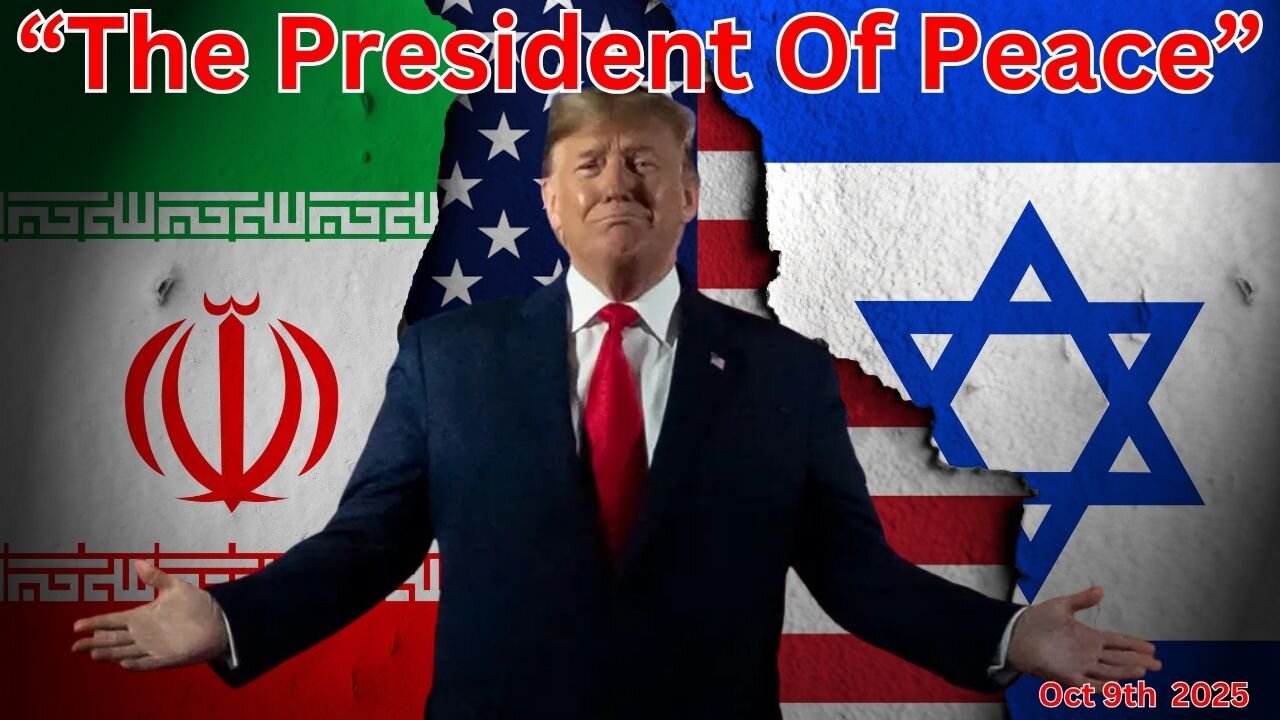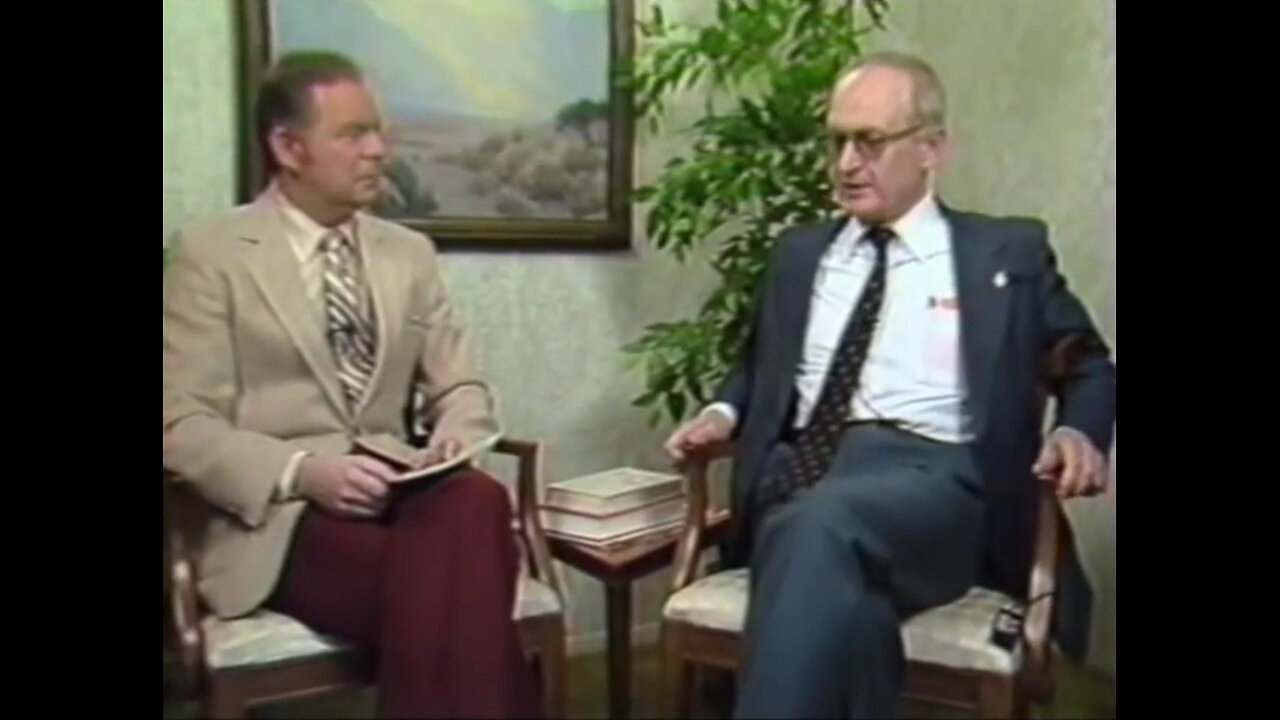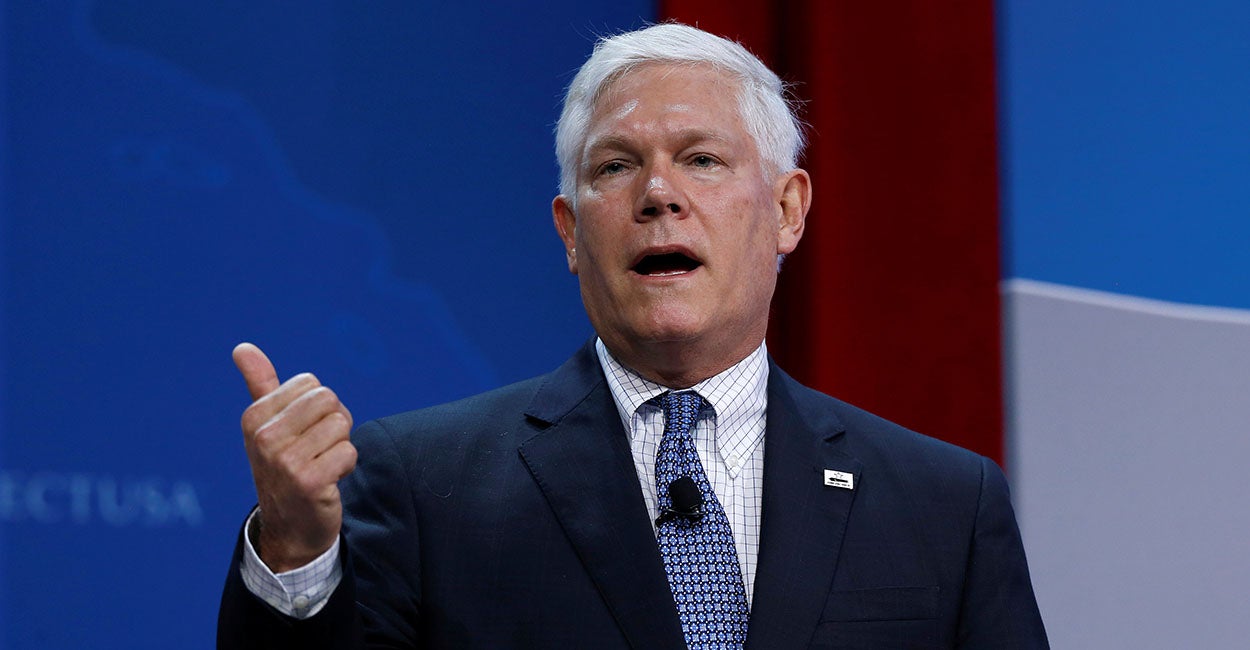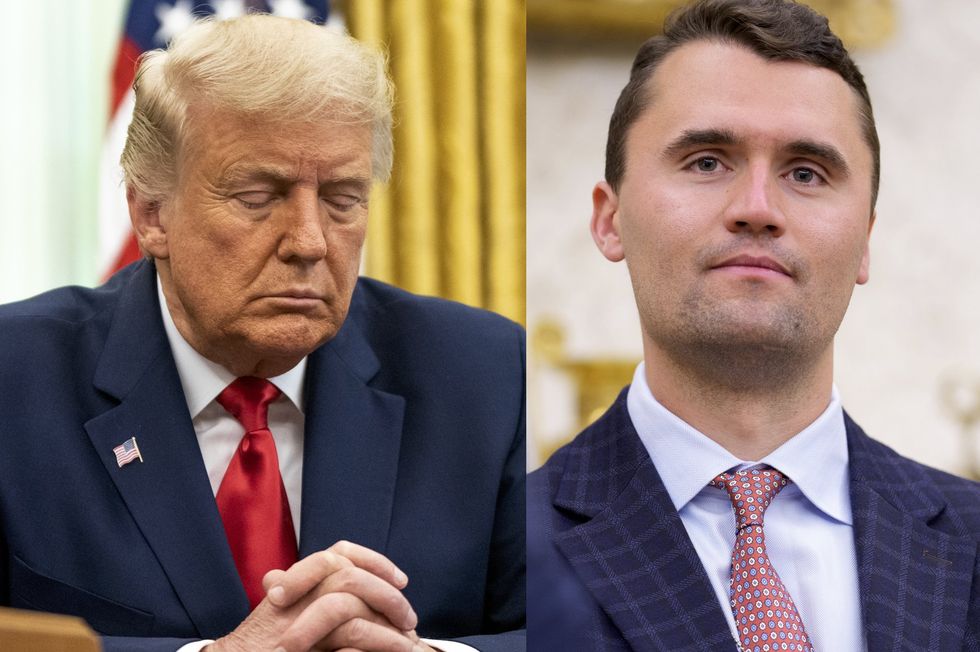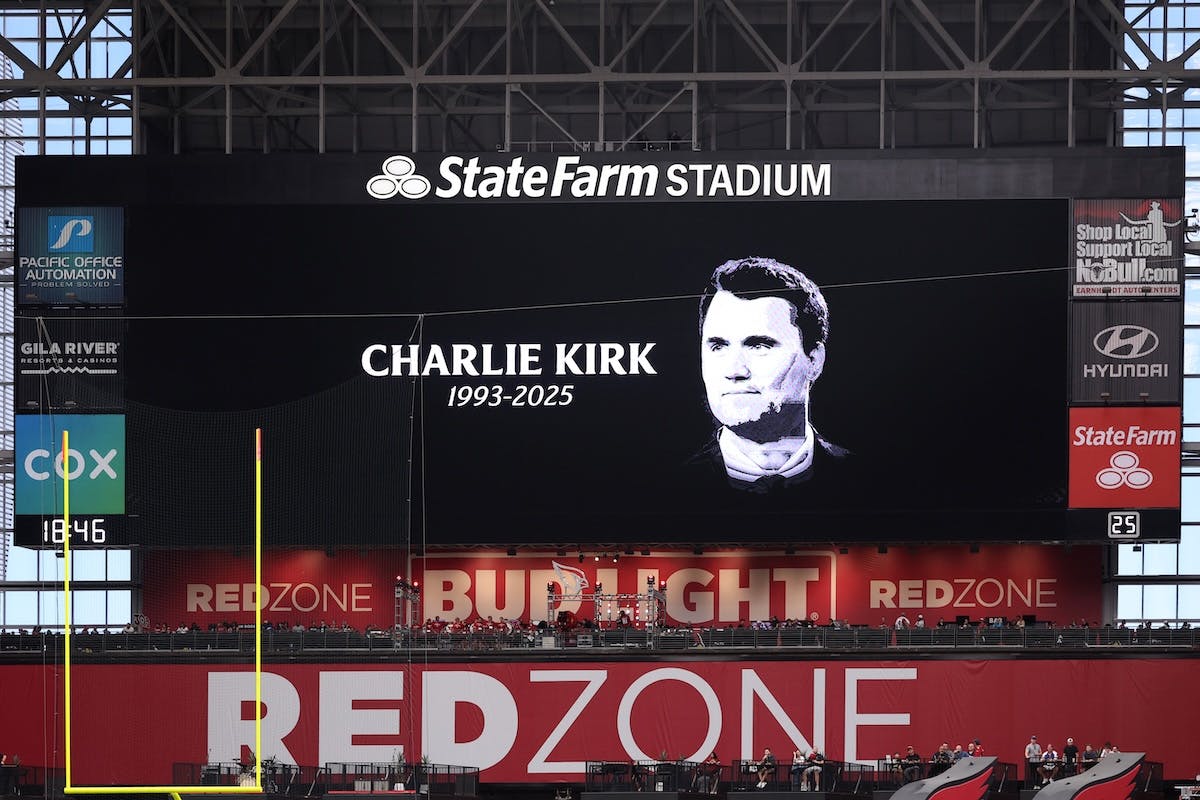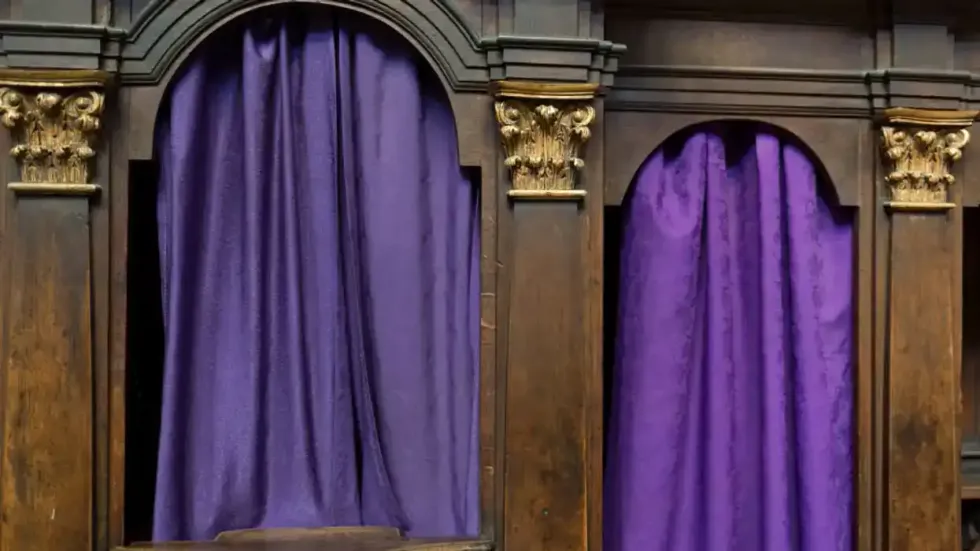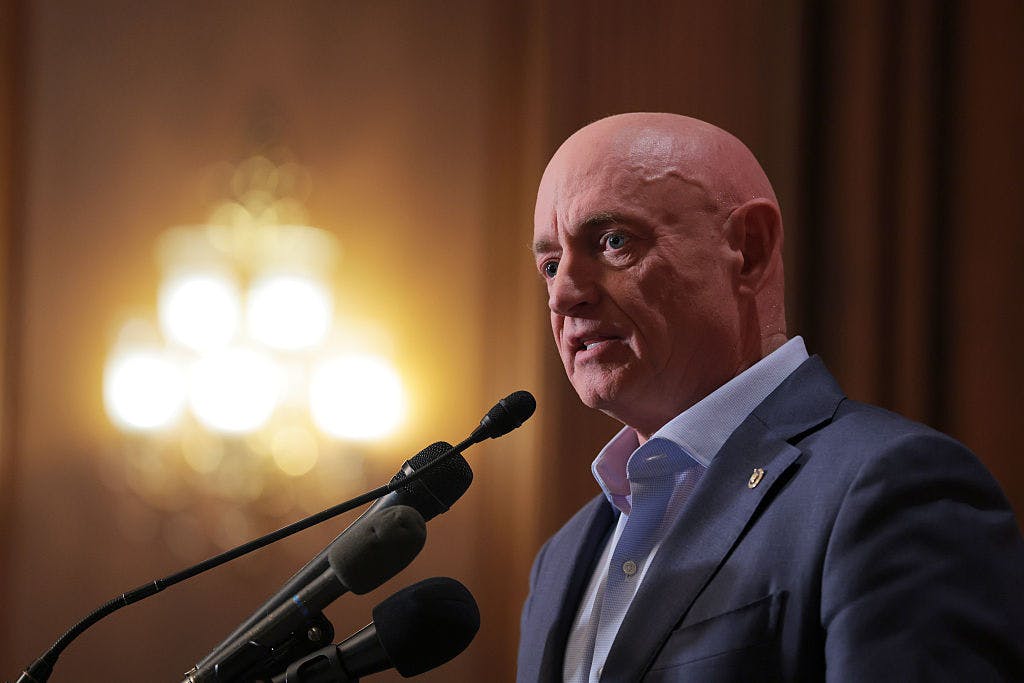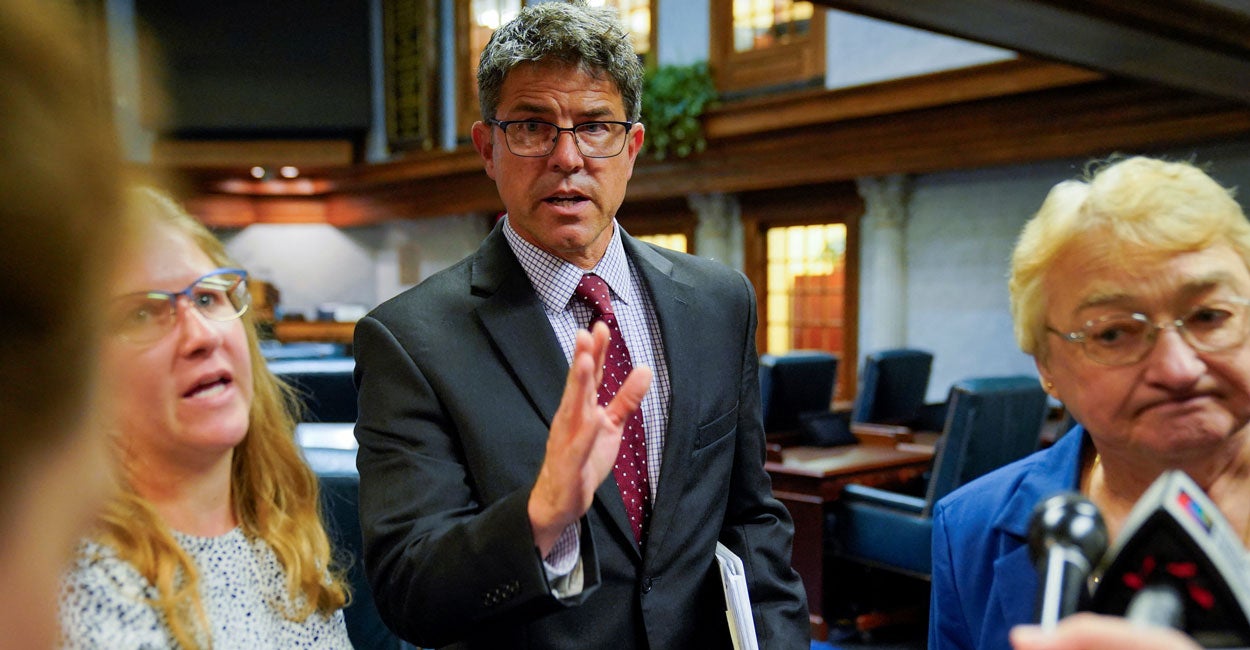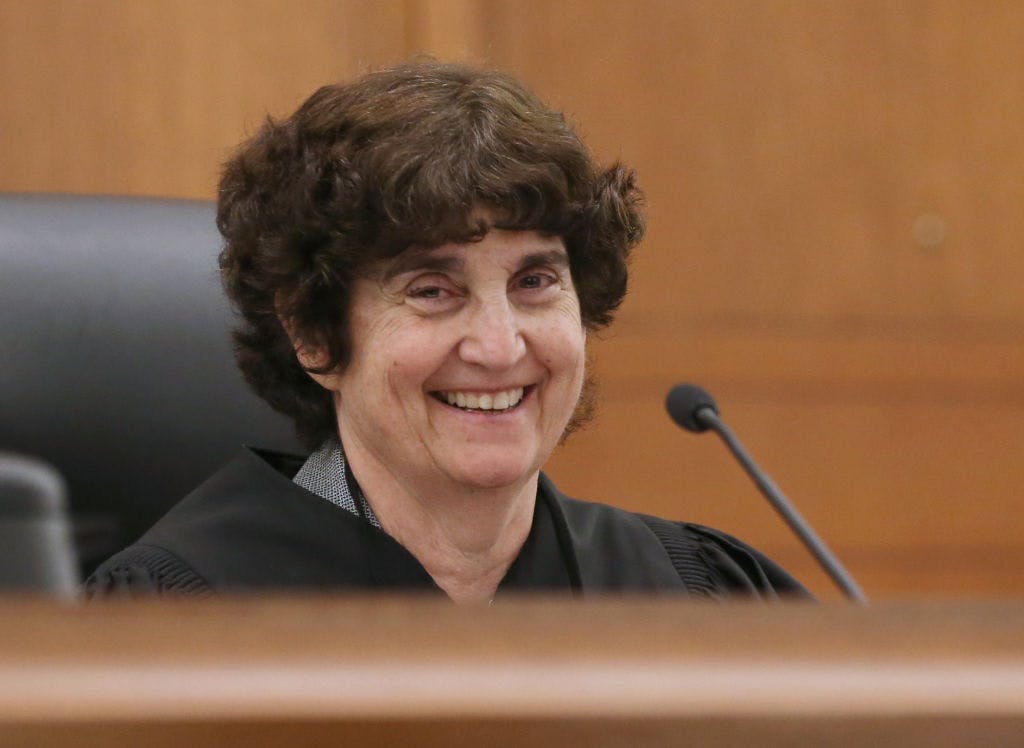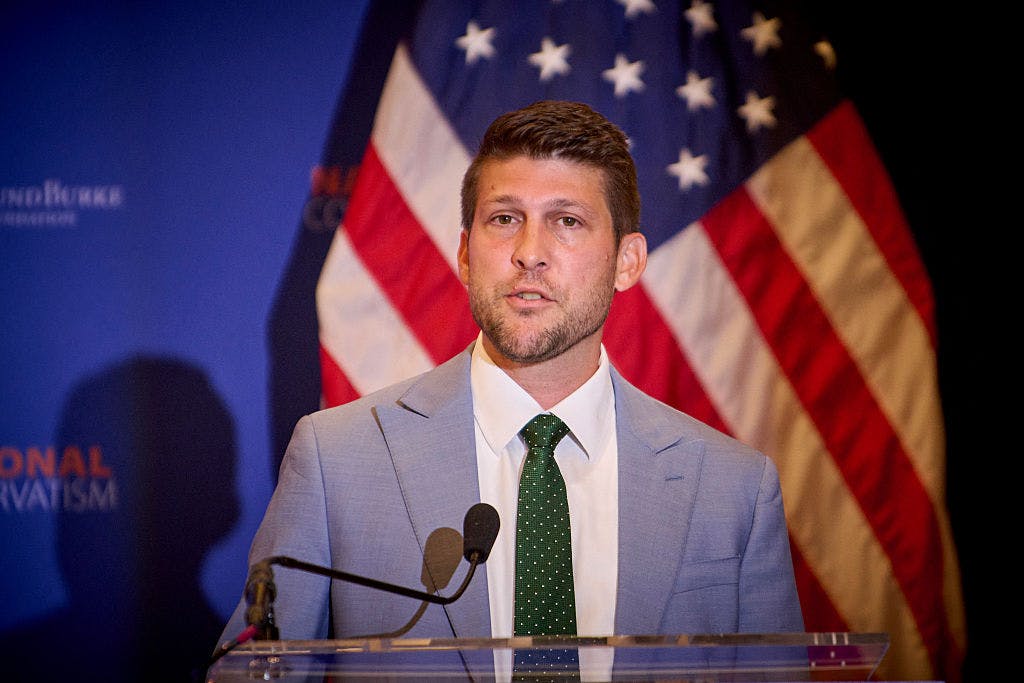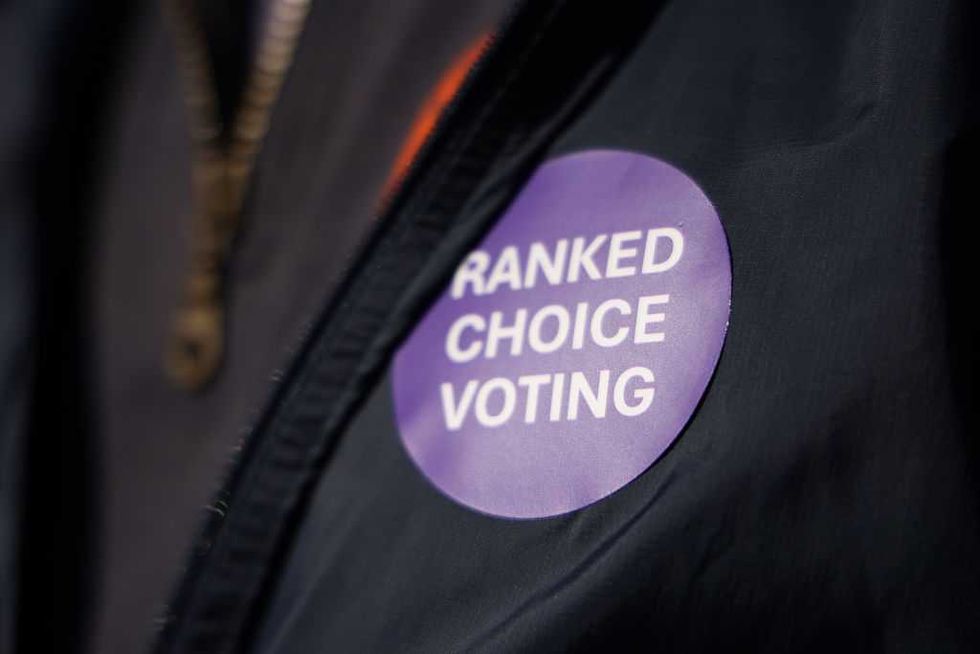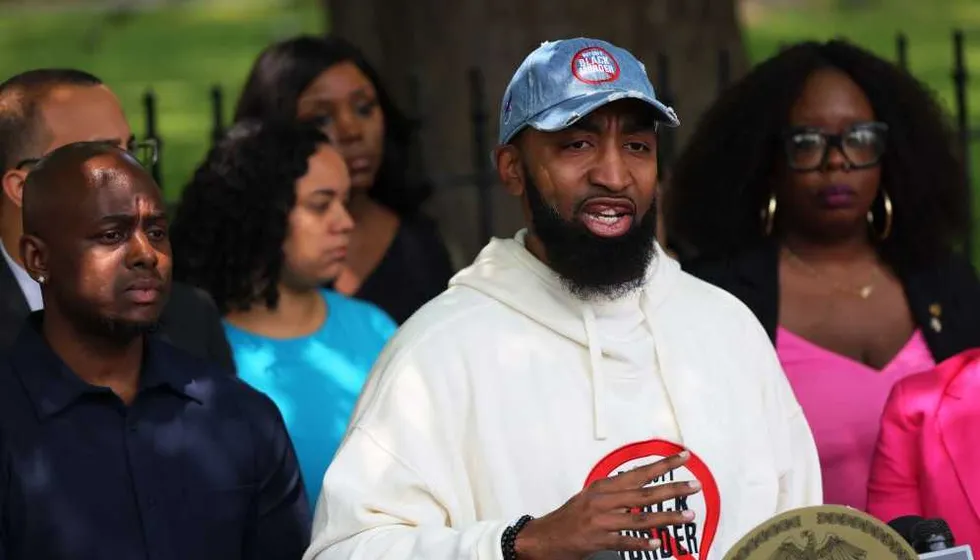Jerome Powell proves the Fed’s ‘independence’ is a myth
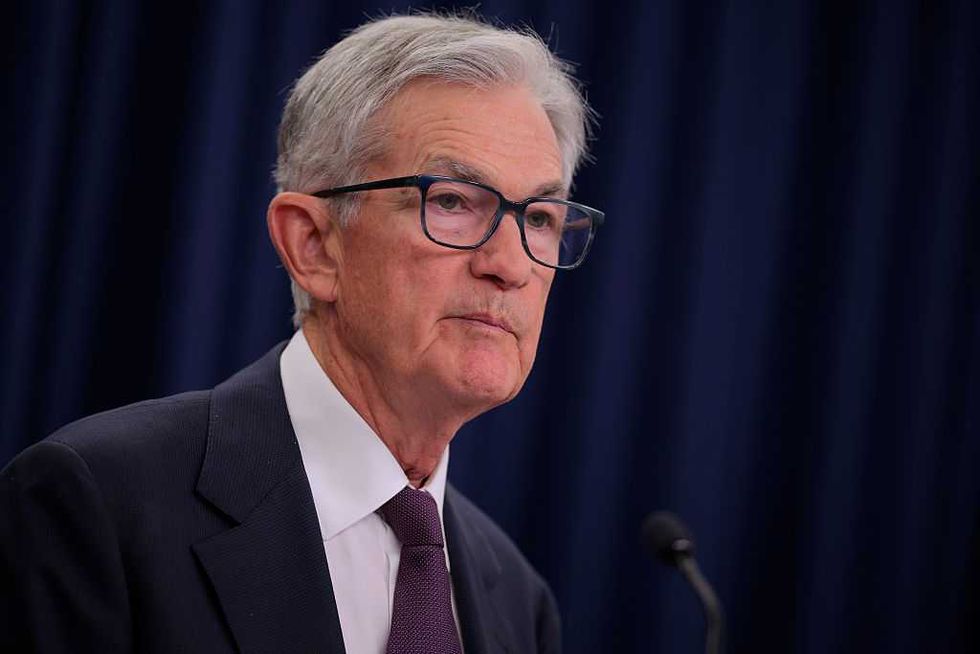
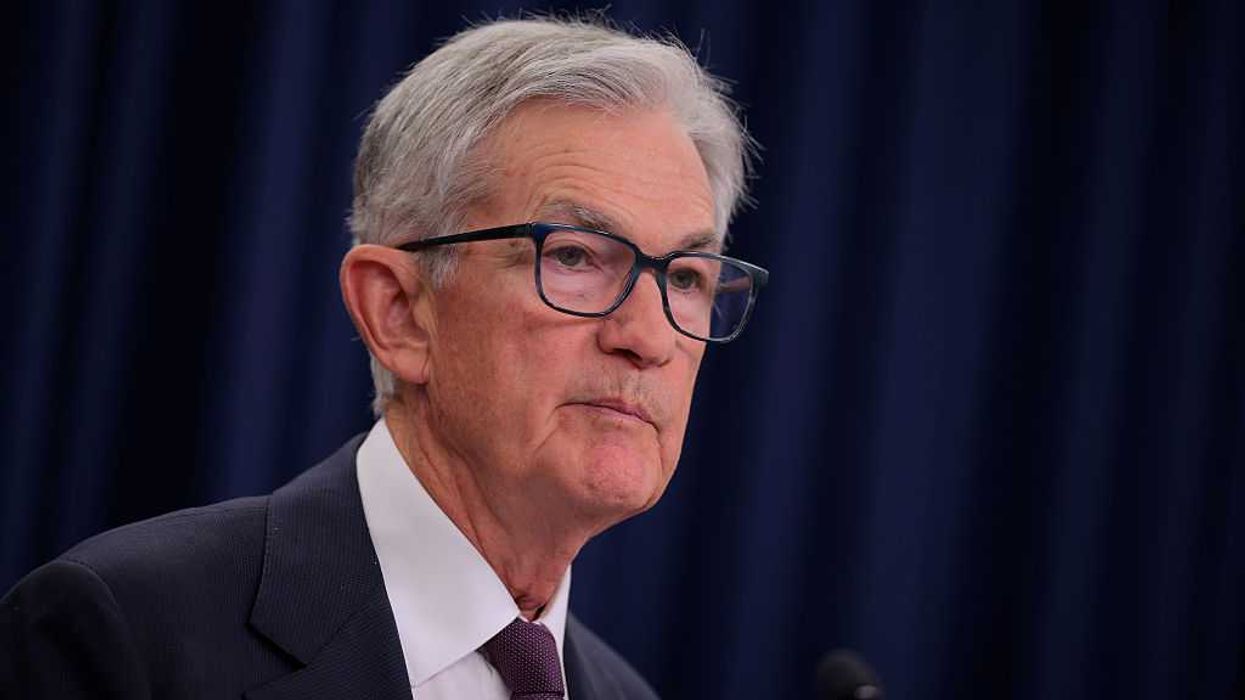
One of the least understood but most consequential aspects of American government is the United States Federal Reserve System. Bankers, investors, and even the president sit with bated breath, waiting to see how the Fed will manage interest rates.
The Fed is so important to the world economy that the president sometimes may feel the need to voice his administration’s position and hope the chairman of the Federal Reserve will acquiesce to his wishes. Sometimes, however, he may point out issues with the chairman’s performance, puncturing the claim of central bank independence. President Donald Trump recently accused Federal Reserve Chairman Jerome Powell of being too late with interest rate cuts “except when it came to the Election period when he lowered [interest rates] in order to help Sleepy Joe Biden, later Kamala, get elected.”
Powell was clearly willing to play political games that cost Americans their businesses and their ability to feed their children.
Americans had suffered through continued elevated inflation, in part, because Jerome Powell wanted to keep his job.
With the president’s attempted firing of Fed Governor Lisa Cook, Powell has jockeyed himself a position as the white knight of central bank independence. He alleges that tariffs, which have no connection with monetary policy on their own, are the cause of an increase in inflation. He seems intent on keeping interest rates high.
Whether that is a good decision is a different subject altogether (the Mises Institute’s Ryan McMaken takes on that idea). But what is clear is that Jerome Powell is not the principled opponent to Trump he claims to be; he is just as much a political actor as the president and Congress.
Powell’s politicization
Powell’s politicization is clear in how the Fed functions today. Economists and political scientists stress the importance of central bank independence as a hedge against what is called “political business cycles.” These cycles occur when monetary authorities pump the economy full of easy money to suppress employment problems and create an illusion of prosperity. This eventually results in higher inflation. Politicians reap the benefits of this illusion and blame inflation on something else: energy shocks, supply shocks, disasters, tariffs, etc.
The root of the problem is when new money is created to push down interest rates. Politicians who have control over the monetary authorities are incentivized to push for easier monetary policy to relieve unemployment in the face of elections. If they lose, their opponents reap the consequences; if they win, rates might be allowed to rise to fight inflation, and the illusion is dispelled.
By insulating the central bank from political pressure, the Fed is supposed to be able to pursue its mandates such as low and stable inflation or low unemployment. While this appears sound at first glance, reality shows that the Federal Reserve has never truly been independent.
A history of faux independence
The crowning moment that defines U.S. central bank independence is the Treasury-Fed Accord of 1951, which severed the support the Fed had given the Treasury Department in financing World War II and the Marshall Plan. But as Jonathan Newman has uncovered, this accord was a declaration of independence in name only.
The chairman of the board of governors, Thomas McCabe, by all accounts did appear to favor the separation of the Federal Reserve’s functions from that of the Treasury’s. Yet McCabe was not present at the Accord meetings. Moreover, McCabe resigned in protest soon after they concluded.
Treasury stooge William McChesney Martin Jr. was then appointed Fed chairman. Martin paid lip service to the idea of an independent Fed but ultimately revealed his cooperation with the Treasury Department in a 1955 interview. President Kennedy even renominated him for having “cooperated effectively in the economic policies of [his] administration.”
The Treasury and the Fed have had a revolving door ever since. Martin had chaired the Export-Import Bank in addition to serving as assistant treasury secretary. G. William Miller left his role as Fed chairman to serve as the secretary of the treasury. Paul Volcker served in Nixon’s Treasury Department before joining the Fed.
Particularly egregious was Janet Yellen, who served on President Bill Clinton’s Council of Economic Advisers and then was appointed to the Federal Reserve by both Clinton and later President Barack Obama. She ultimately would become secretary of the treasury under President Joe Biden. Even Jerome Powell served in President George H.W. Bush’s Treasury Department before returning to the private sector. Barack Obama appointed Powell to the Federal Reserve Board, and President Trump later nominated him as Fed chairman.
The constant revolving door between the CEA, the Treasury Department, and the Federal Reserve is no different from agencies like the Food and Drug Administration, Centers for Disease Control, and Department of Energy. It reeks of corruption and political influence and certainly proves the Federal Reserve is not truly independent.
Playing political games
Examining Jerome Powell’s own actions when his job was on the line shatters the illusion of so-called central bank independence.
In 2021, as inflation began to climb, Powell dubbed the phenomenon “transitory.” The Biden administration had just taken office a few months prior, and rampant inflation was likely to stick around for the midterm elections. Thus, blame had to be cast elsewhere. It’s also noteworthy that Powell’s four-year term was set to expire in 2022. If you are up for a performance review, you might choose to kiss up to your boss so that you aren’t fired. Central bankers are no different.
Inflation continued to rise through November, climbing to 7% year over year. Americans demanding relief could not turn to Jerome Powell, who kept the Federal Funds Rate at 0%, attempting to hide the real state of the economy for Biden, who renominated him that same month. It was only then that Powell dropped the term “transitory” to describe inflation.
The first rate hike of 0.5% happened in May 2022, after the Senate Banking Committee had advanced Powell’s nomination. Soon after, with rates still low, Powell was confirmed by a Democrat-controlled Senate. Only two months after his confirmation, the Fed finally began to hike interest rates at historic speed. Inflation had peaked in June at 9% year over year. Americans had suffered through continued elevated inflation, in part, because Jerome Powell wanted to keep his job.
RELATED: Ron Paul exposes how the Federal Reserve keeps up its scam
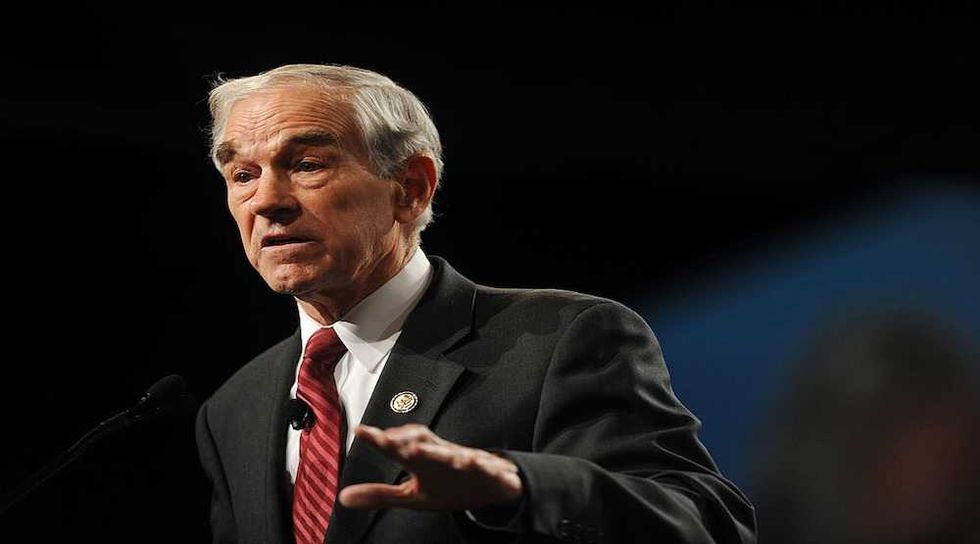 Photo by Laura Segall/Getty Images
Photo by Laura Segall/Getty Images
A Fed that was hawkish on inflation would have raised interest rates higher and faster than Powell did, not allowing inflation to run rampant. Powell was clearly willing to play political games that cost Americans their businesses and their ability to feed their children.
The Fed has never been independent — it has always been political. Economists would do well to admit this and argue their case rather than pussyfoot around the question of what interest rates should be or if interest rates should be set at all.
Editor’s note: This article was originally published at the American Mind.
Originally Published at Daily Wire, Daily Signal, or The Blaze
What's Your Reaction?
 Like
0
Like
0
 Dislike
0
Dislike
0
 Love
0
Love
0
 Funny
0
Funny
0
 Angry
0
Angry
0
 Sad
0
Sad
0
 Wow
0
Wow
0
